inbox and environment news: Issue 489
March 28 - April 17, 2021: Issue 489
One Tree: A Big Community Living Within A Single Pittwater Spotted Gum
Many hundreds of species of wildlife worldwide are dependent on tree hollows (cavities) for their survival. I reviewed the published literature for hollow-using Australian birds and microbats to document their tree-hollow requirements and to guide future research and management. Such information is vital to the conservation of these species.The hollow requirements of only 35 of 114 hollow-using bird species and 15 of 42 hollow-using microbat species were documented in some detail. This overall paucity of information limits the ability to manage for the future requirements of species. However, some generalisations can guide management until further studies are conducted. Most species used a variety of available tree species, and the extensive use of dead trees probably reflects the high likelihood of these trees containing hollows.Birds (other than large parrots) and bats chose hollow entrances of a size close to body width. Large parrots require large hollows, with a preference for large vertical spouts and trunk hollows.Few birds or bats demonstrated an absolute requirement for high (>10 m) tree hollows, with most (70%) using some hollows with entrances ≤5 m above ground. Temperature has been postulated to influence roost selection among microbats because it enables passive rewarming from torpor and there is some evidence from Australian bats to support this. Many studies suggest a future shortage of hollow-bearing trees. Currently, artificial hollows appear to be the most likely interim solution to address this.Knowledge of the natural hollow requirements of species can be used to refine artificial-hollow designs.An increase in research effort is needed to address the many gaps in knowledge that currently exist. Priorities for research include(1) many additional studies to document the characteristics of the hollow-bearing trees used by species of microbat,(2) the need to conduct long-term bioregional studies of hollow-bearing tree attrition to help identify where management responses are most needed and(3) investigating whether fire plays a significant role in the creation of tree hollows of a range of size classes and therefore may have a management use.Such information has broad relevance because it will provide ecological insight that can be applied to the management of hollow-using birds and bats elsewhere in the world. – From ‘’Characteristics of tree hollows used by Australian birds and bats.’’ January 2009. Wildlife Research 36(5). DOI: 10.1071/WR08172. Author: Ross L Goldingay
Avalon Golf Course Bushcare Needs You


Captive Trees Follow Up
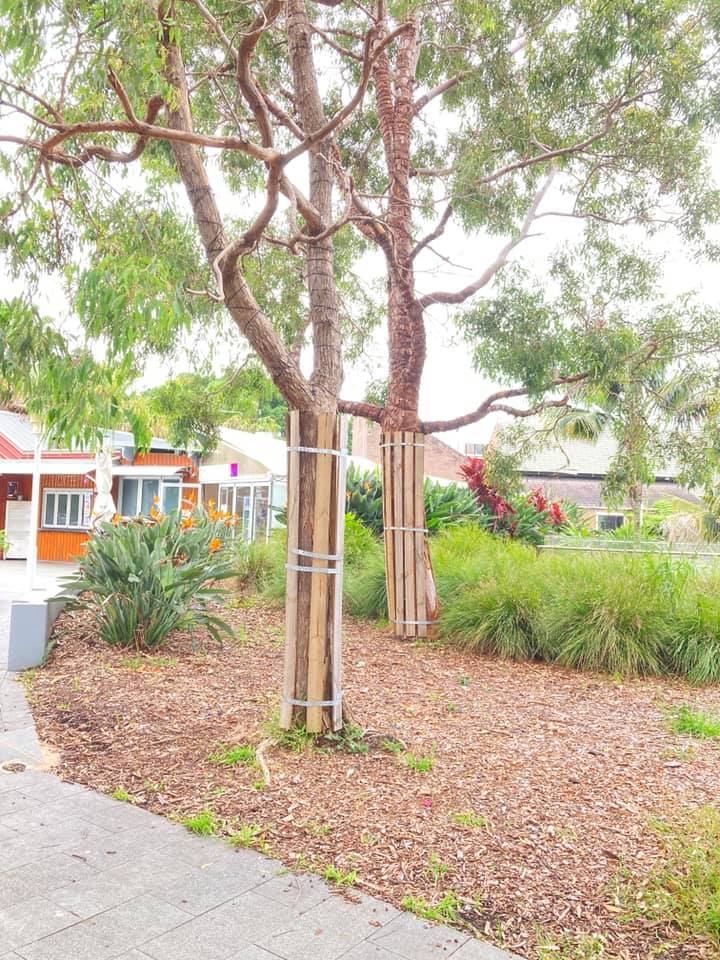
Red Triangle Slug
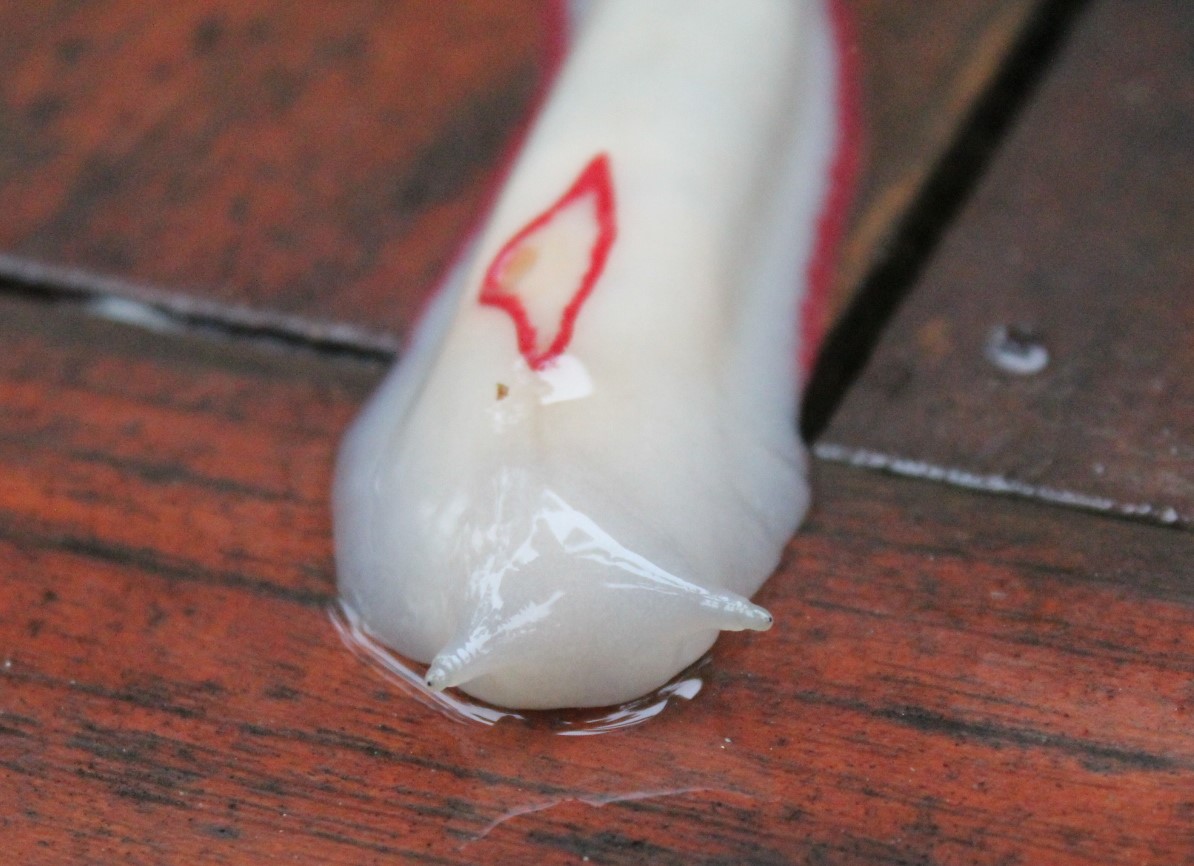
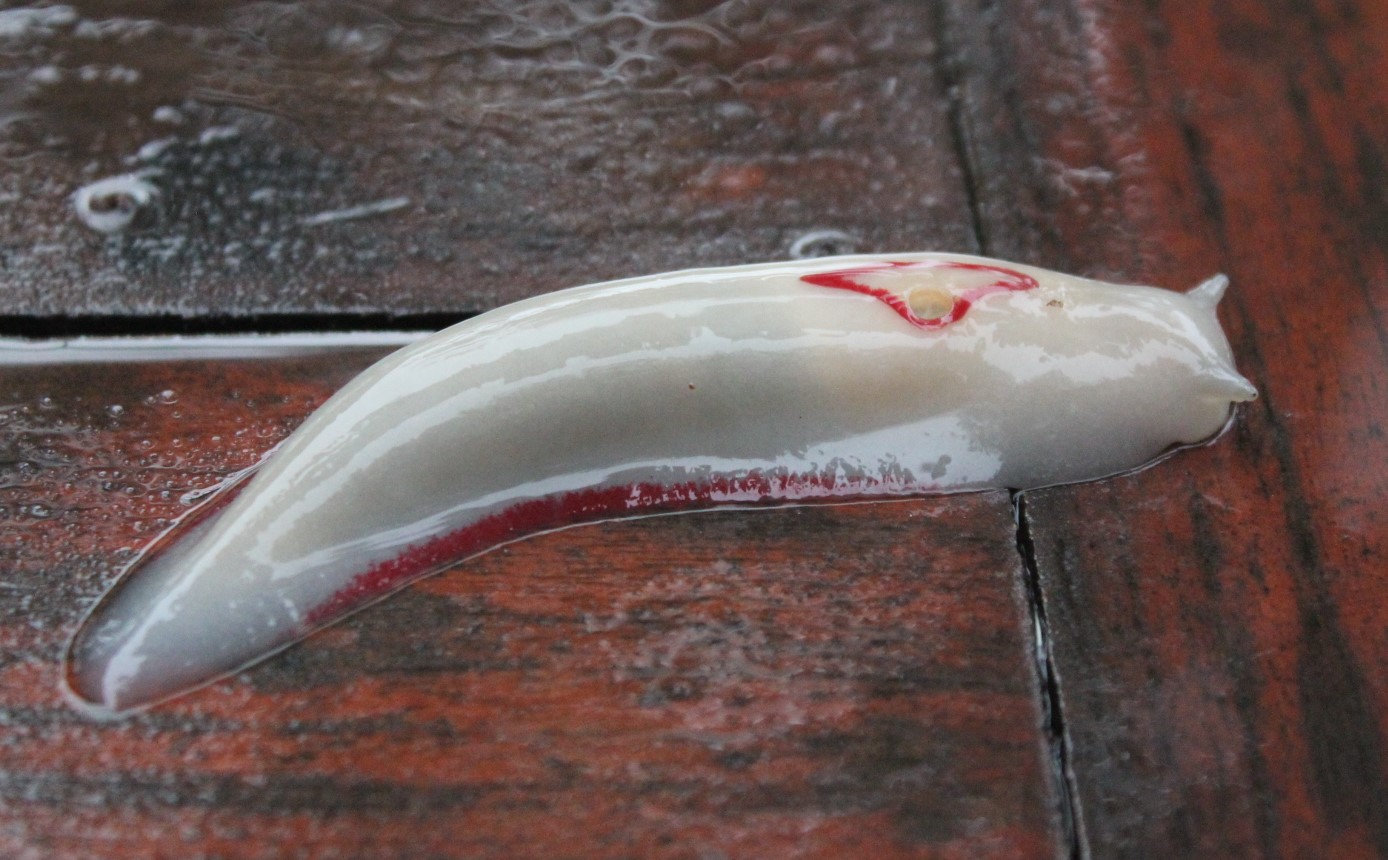
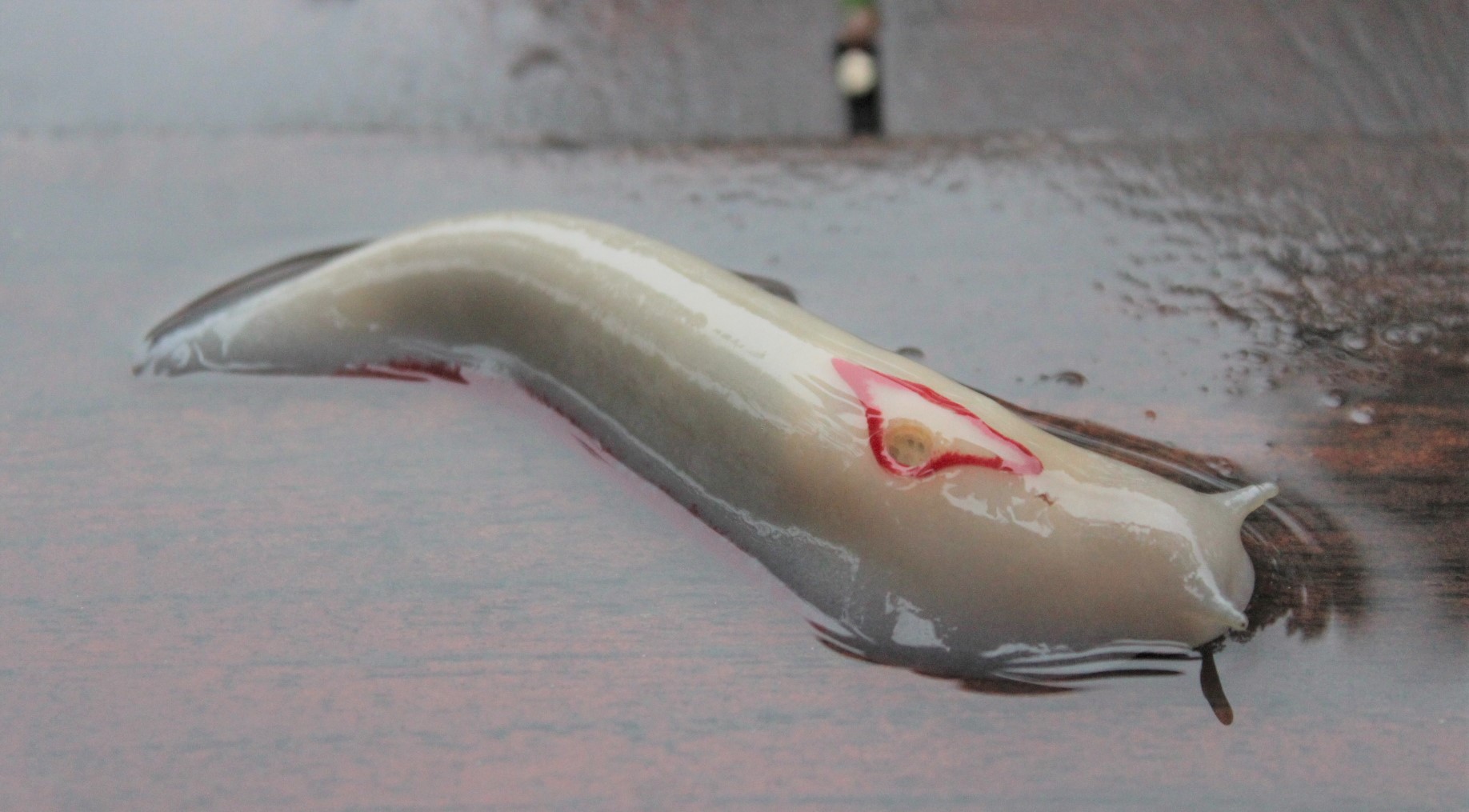
Avalon Community Garden
Avalon Community Garden’s primary purpose is to foster, encourage and facilitate community gardening in Pittwater on a not-for-profit basis.
The garden was started in 2010 by a group of locals who worked in conjunction with the support of Barrenjoey High School to develop a space that could be used by the local community, to grow
vegetables, herbs, plants and flowers, and practice sustainable gardening techniques to benefit its members and the community overall.
The garden has been very successful and has grown and developed since its inception, in terms of its footprint, infrastructure, variety of produce and diversity of members. The garden welcomes new members all year round. Levels of contribution range from multiple times a week, to once a month. Your contribution is always welcome, and it is acknowledged people will have varying levels of commitment.
We encourage you to join and start enjoying the following benefits associated with community gardening:
They provide benefits for individuals and for the community as a whole. Community gardens provide education on gardening, recycling and sustainable use of natural resources.
They develop community connections and provide a means of engaging youth, children, the elderly and the disabled and otherwise marginalised individuals in mutually enjoyable and rewarding activities, thus helping to develop more functional and resilient communities.
People involved in community gardens say they improve wellbeing by increasing physical activity and reducing stress, providing opportunities to interact meaningfully with new friends, give time for relaxation and reflection as well as an opportunity to improve their interconnectedness with nature.
To get involved take a look around the site, join the Facebook group and come along and visit on a Sunday morning between 10 and 12 at the garden within Barrenjoey High School on Tasman Road, North Avalon.
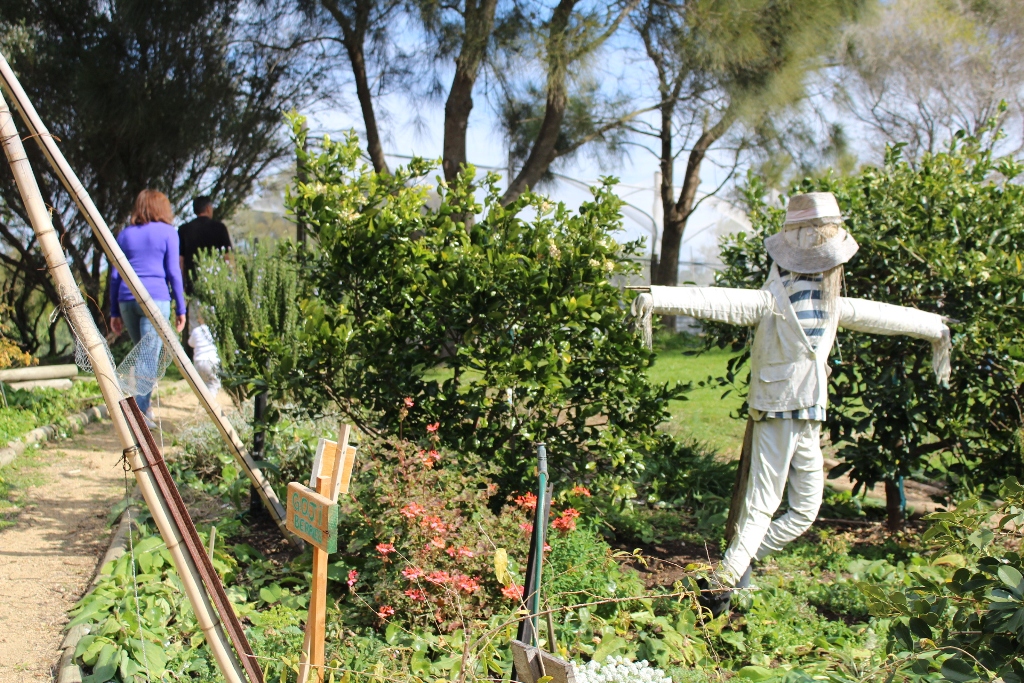
How The Power Of Social Is Helping Coastal Areas Deal With The Power Of Extreme Storms
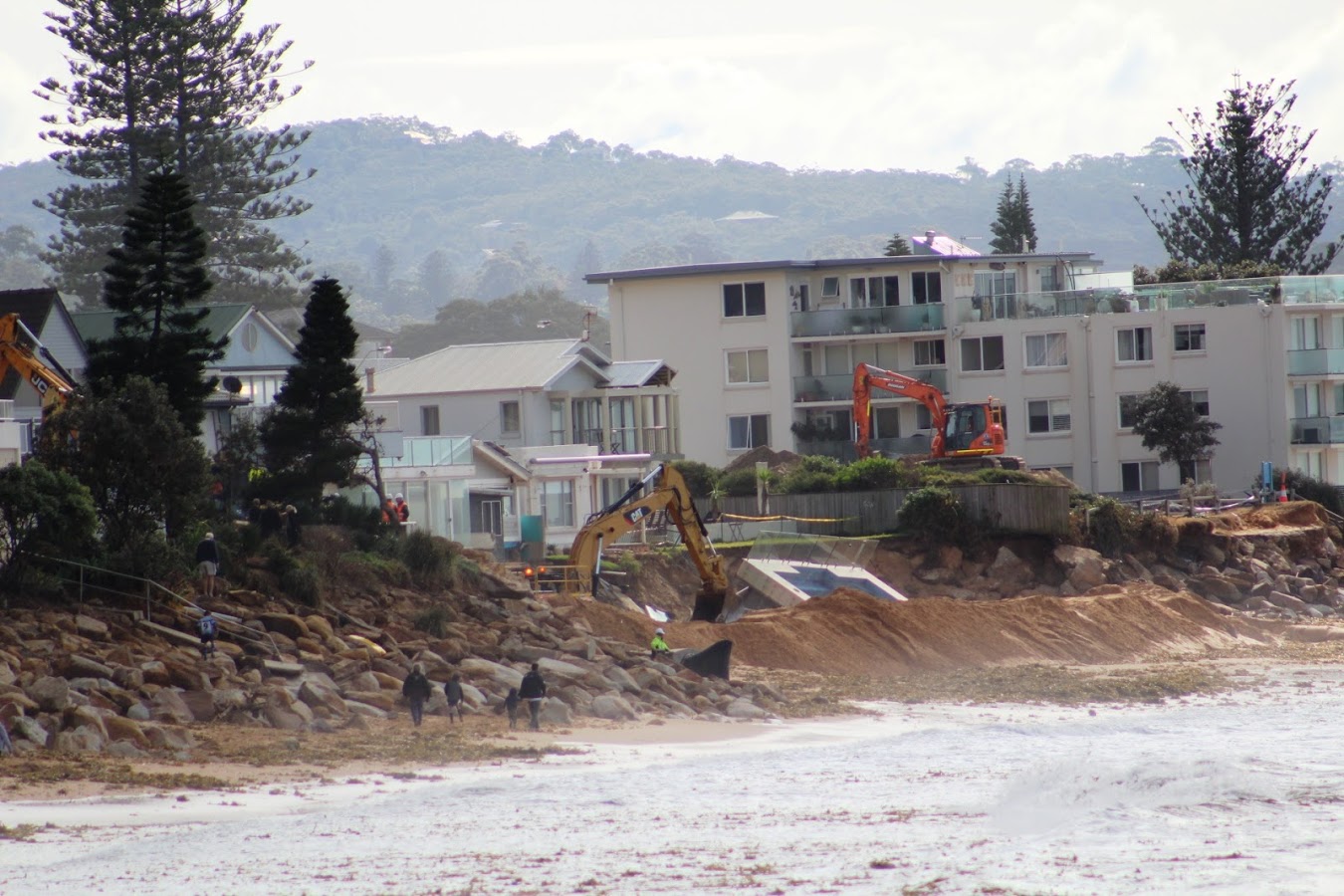
Water Off Sydney Much Hotter Than It Should Be: Narooma’s Hot Spot Of Ocean Warming Is More Than Three Times The Global Average
Zali Steggall MP Moves Amendment To The NAIF Bill To Prohibit Investments In Fossil Fuels
BirdLife Australia Autumn Survey Time
- Breeding behaviours - If you see a bird carrying nesting materials, sitting on a nest or feeding chicks, let us know. Select the option under 'Breeding Activity' that best matches your observation (remember to keep your distance though from birds who are breeding. We don't want to disturb any nests. Be sure to limit your observations and don't get close enough to scare a bird off it's nest.)
- Aggressive interactions – Let us know if you have observed any species initiate interactions with other birds and whether this interaction could be classed as aggressive – you can do this in the sighting details tab using the specific species interactions option.
- Have you seen any birds feeding on the native plants in your garden? If so – who was dining on what? – you can tell us in the notes section when you record the species you have observed under “sighting details”
- Have any birds been dabbling in some Oscar-worthy acting? – tell us about the weird and wonderful things your backyard birds have been up to you using the notes section in the sighting details tabs.
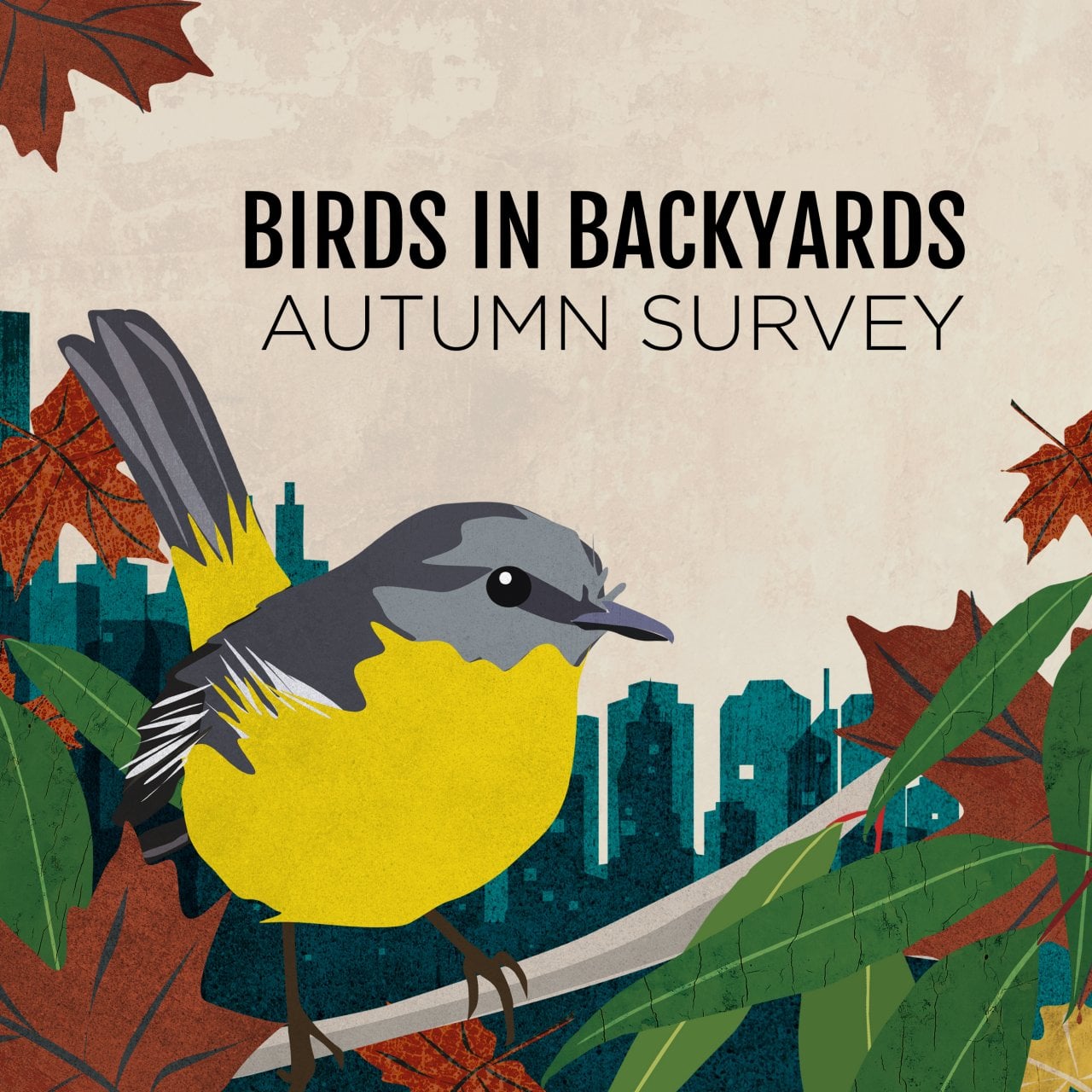
Narrabeen Lagoon Clean Up: March 28
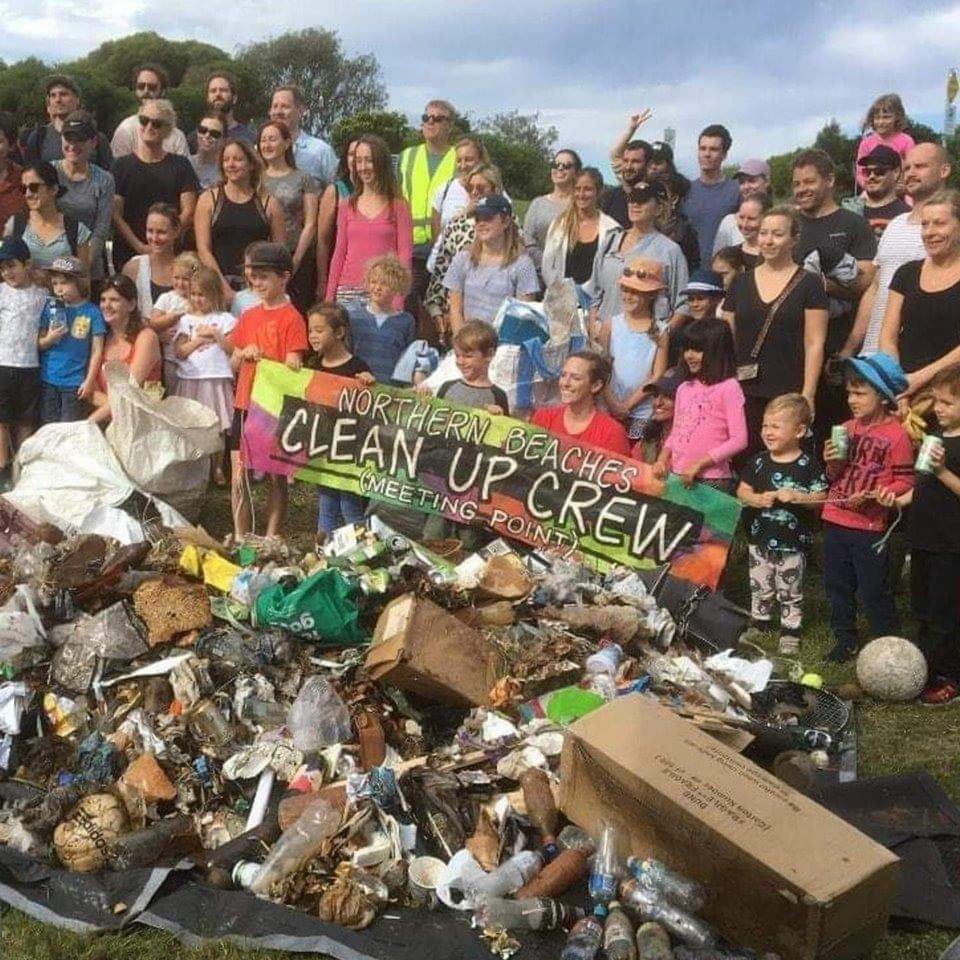
Digital Entry Coming To NSW National Parks
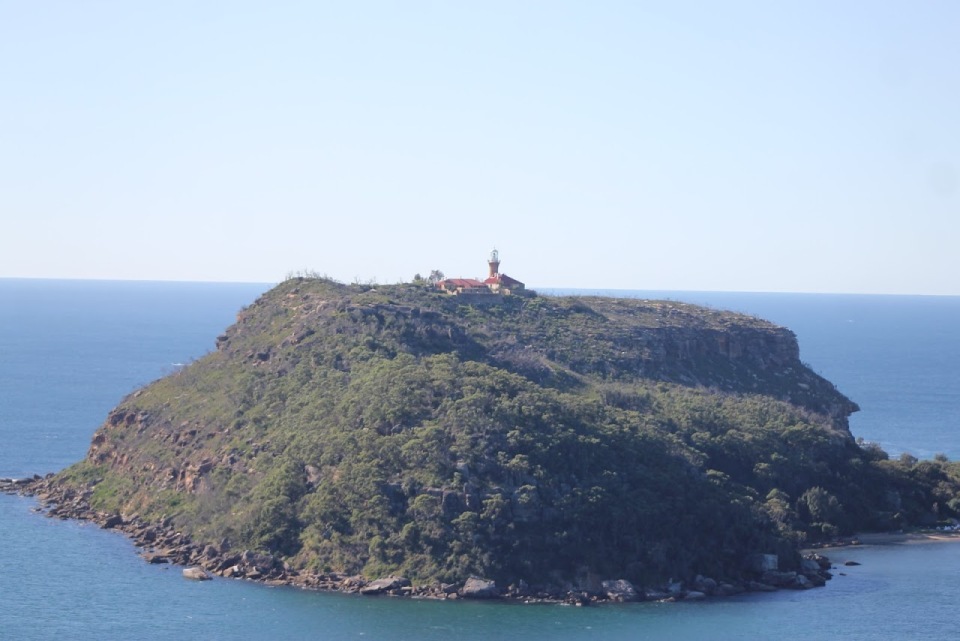
Draft NSW Clean Air Strategy: Public Consultation
- first name
- last name
- organisation you represent (if applicable)
- email address
- postcode.
Inquiry Into Declining Numbers Of Macropods
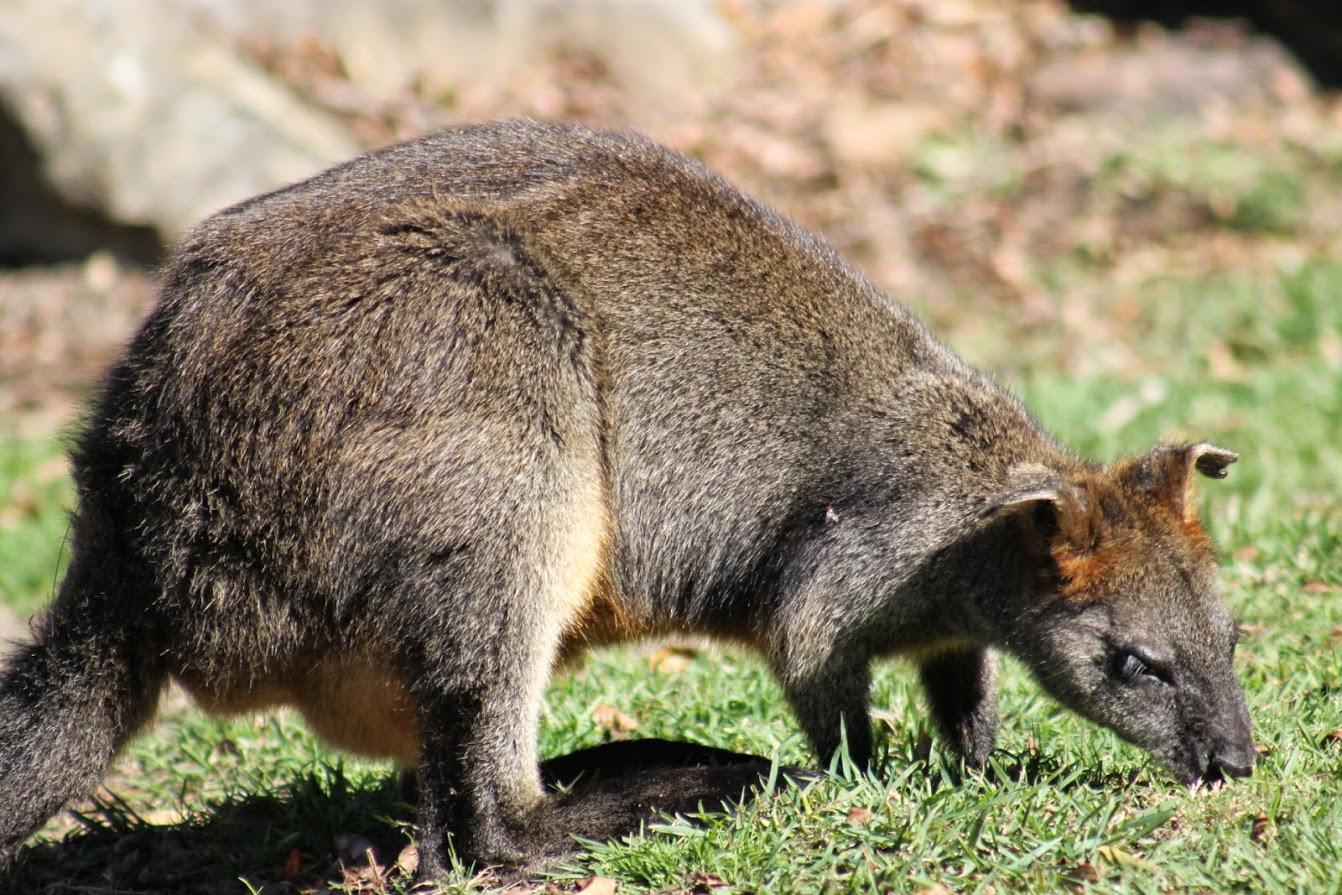
Design And Place State Environmental Planning Policy (SEPP): Open For Feedback Until March 31
'The Design and Place SEPP puts place and design quality at the forefront of development. Our shared responsibility to care for Country and sustain healthy, thriving communities underpins the policy. The SEPP spans places of all scales, from precincts, significant developments, and buildings to infrastructure and public space. ''The public exhibition will allow us to work closely with state government, local councils, industry peak bodies and communities. This process will inform the development of the Design and Place SEPP and safeguard our shared values for future development in NSW. We will draft the policy in 2021, following the review of the formal submissions and feedback. Submissions are open from now until 31 March 2021. 'The final Design and Place SEPP will go on public exhibition later in 2021 to provide more opportunities for feedback. We will also develop supporting guidance and tools alongside the policy. These include a revision to the Apartment Design Guide, improvements to the Building Sustainability Index (BASIX) tool and the development of a new Public Space and Urban Design Guide. '
Worth Noting: Australian Car Sales Statistics 2020
- There were 1,062,867 new vehicles sold in Australia 2019
- New car sales in Australia dropped 8% down from 2018, making it the lowest since 2011
- Toyota was the top-selling car brand in 2019, with 205,766 total sales
- SUVs accounted for 45.5% of new car sales in 2019
Bushcare In Pittwater
Where we work Which day What time
Avalon
Angophora Reserve 3rd Sunday 8:30 - 11:30am
Avalon Dunes 1st Sunday 8:30 - 11:30am
Avalon Golf Course 2nd Wednesday 3 - 5:30pm
Careel Creek 4th Saturday 8:30 - 11:30am
Toongari Reserve 3rd Saturday 9 - 12noon (8 - 11am in summer)
Bangalley Headland 2nd Sunday 9 to 12noon
Bayview
Winnererremy Bay 4th Sunday 9 to 12noon
Bilgola
North Bilgola Beach 3rd Monday 9 - 12noon
Algona Reserve 1st Saturday 9 - 12noon
Plateau Park 1st Friday 8:30 - 11:30am
Church Point
Browns Bay Reserve 1st Tuesday 9 - 12noon
McCarrs Creek Reserve Contact Bushcare Officer To be confirmed
Clareville
Old Wharf Reserve 3rd Saturday 8 - 11am
Elanora
Kundibah Reserve 4th Sunday 8:30 - 11:30am
 Mona Vale
Mona Vale Mona Vale Beach Basin 1st Saturday 8 - 11am
Mona Vale Dunes 2nd Saturday +3rd Thursday 8:30 - 11:30am
Newport
Bungan Beach 4th Sunday 9 - 12noon
Crescent Reserve 3rd Sunday 9 - 12noon
North Newport Beach 4th Saturday 8:30 - 11:30am
Porter Reserve 2nd Saturday 8 - 11am
North Narrabeen
Irrawong Reserve 2nd Saturday 2 - 5pm
Palm Beach
North Palm Beach Dunes 3rd Saturday 9 - 12noon
Scotland Island
Catherine Park 2nd Sunday 10 - 12:30pm
Elizabeth Park 1st Saturday 9 - 12noon
Pathilda Reserve 3rd Saturday 9 - 12noon
Warriewood
Warriewood Wetlands 1st Sunday 8:30 - 11:30am
Whale Beach
Norma Park 1st Friday 9 - 12noon
Western Foreshores
Coopers Point, Elvina Bay 2nd Sunday 10 - 1pm
Rocky Point, Elvina Bay 1st Monday 9 - 12noon
Gardens And Environment Groups And Organisations In Pittwater
Pittwater Reserves

The Global Launch Of The Australian Institute Of Botanical Science
The Australian Institute Of Botanical Science
What Is The Australian Institute Of Botanical Science?
We must amplify our activities to ensure the survival of all plants. - DR BRETT SUMMERELL, CHIEF BOTANIST
Traditional Owners And Scientists Working To Tackle Common Climate Challenge
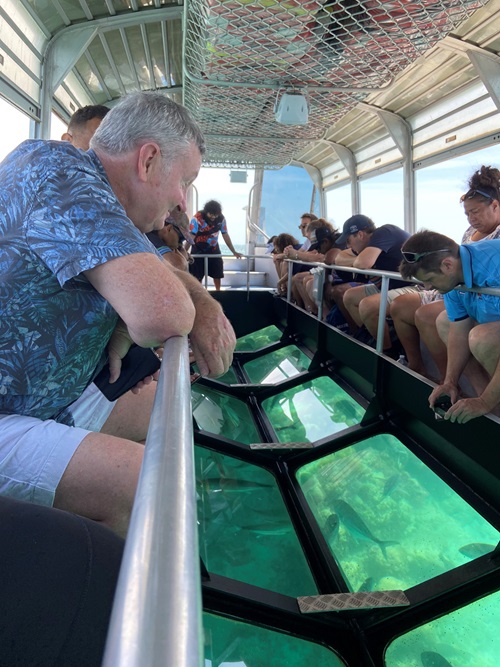
CSIRO Plays Part In US Next-Gen Solar Thermal Technology
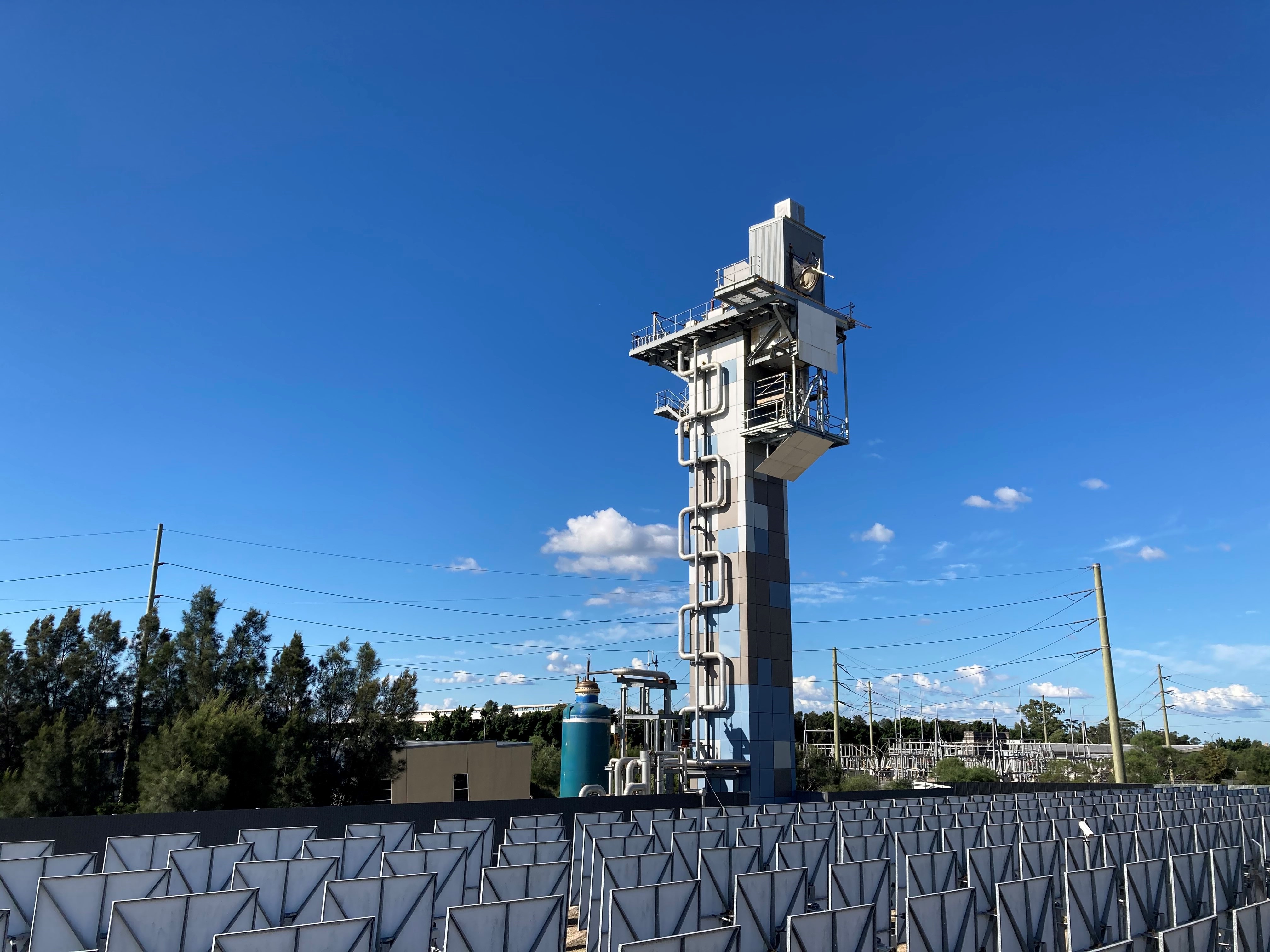
Pumice The Key To Solving Seabird Mass Death Mystery
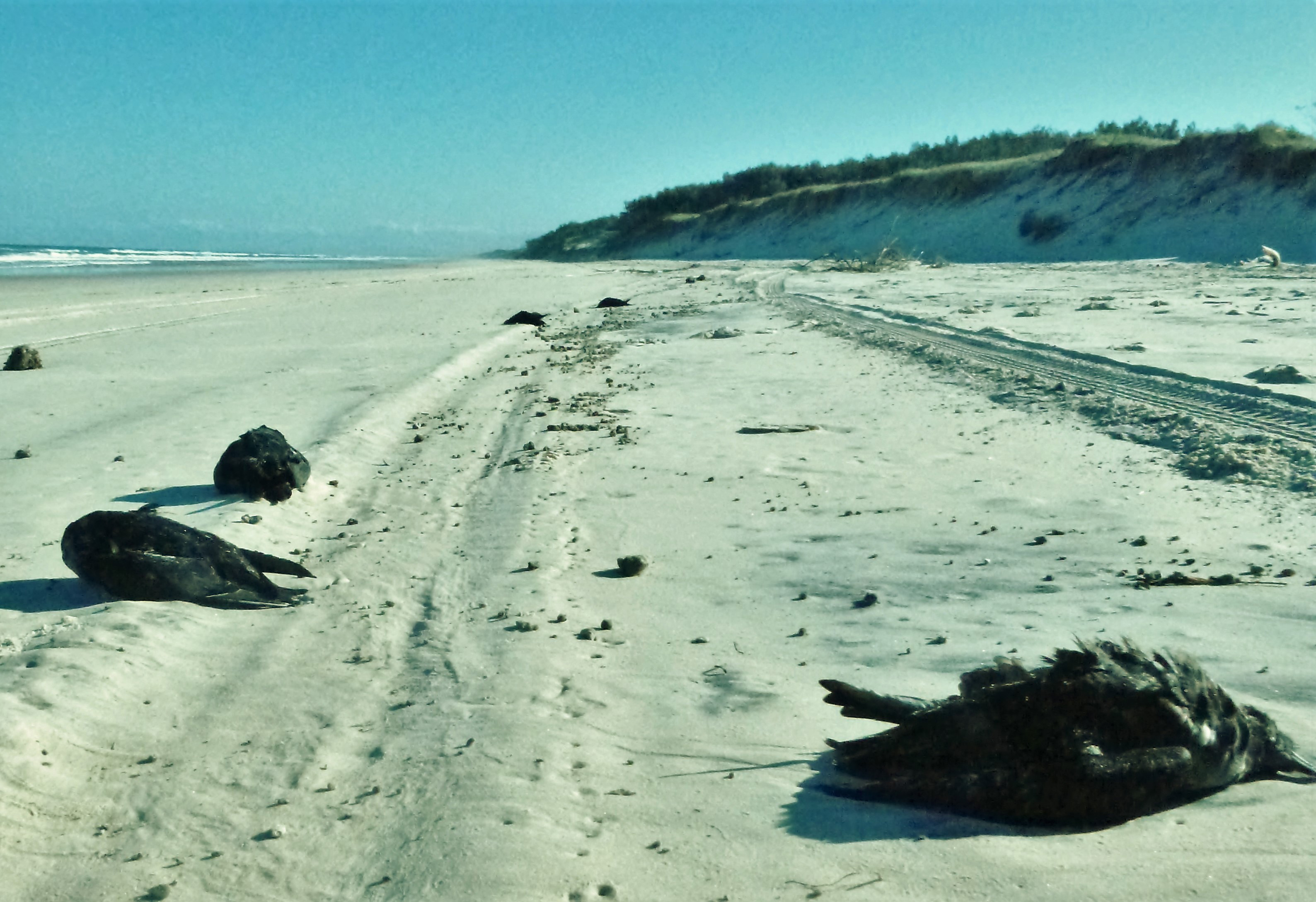
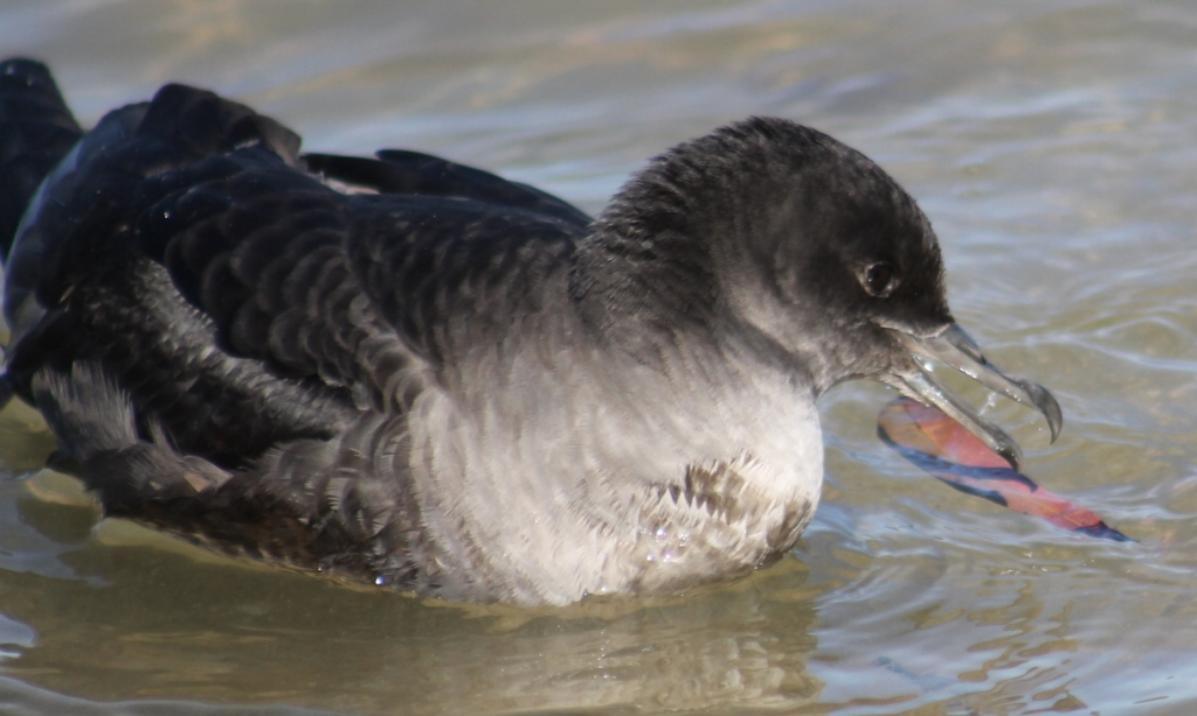
What can go in the compost bin? Some tips to help your garden and keep away the pests
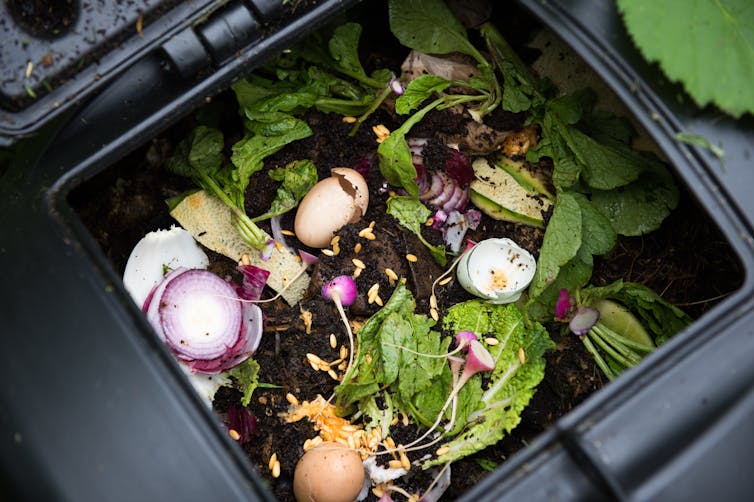
Pretty soon, many more Australians are going to be composting their food waste. The Victorian government kicks off its four-bin system from this year, and the federal government is considering a plan to turn kitchen scraps into fertiliser for farmers.
But knowing exactly what to put in your compost bin can be tricky – and views differ on whether you should add items such as meat and citrus.
Composting is fairly simple, but it’s important to get it right. Otherwise, your compost mix may be too slimy or smelly, or attract vermin.
We are experts in food resilience and sustainability, and have prepared this “dos and don'ts” guide to get you on your way.
Your Own Composting System
Composting is a way of doing what happens in nature, where raw organic materials are converted to soft and spongy soil-like grains. These help soil retain water and make nutrients available to plants.
In fact, compost is so valuable for your garden, it’s often referred to as “black gold”.
For those of you composting at home, here’s how to make sure the system delivers what you need for your home gardening projects.
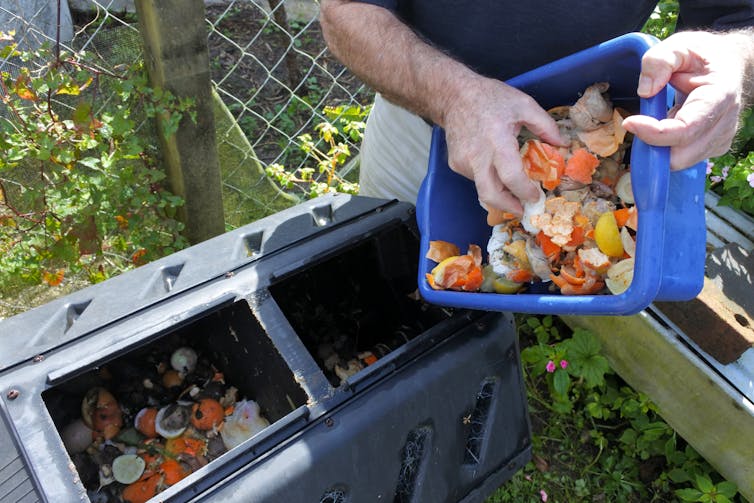
Dos:
• use a couple of bottomless bins so when one is full you can start on the other, in a shady spot
• have a good mix of “browns” (two parts) and “greens” (one part). Combine brown materials (hay, straw, sawdust, woodchips, leaves, weeds that have not gone to seed) with food scraps and other materials (fruit and vegetable peels and rinds, tea bags, coffee grounds, eggshells), and some types of animal manure (chicken, cow, horse)
• let the temperature climb. Heat in the centre of your compost pile is a good sign, as the microbes are breaking down what you’ve put in. As the compost matures it cools, creating a great environment for worms and other microbes to finish off the process
• make sure your coffee grounds and tea bags can break down, so remove the bag before you add it to the compost pile. Moist tea leaves can help your pile break down faster. Citrus fruit (lemons, oranges), spicy peppers, onion and garlic are fine, just don’t add them to your worm farm; the worms will suffer under the acidic conditions produced when these items break down
• get creative with natural “brown” materials - as long as there is no plastic mixed in, throw it in. This includes anything from cereal boxes to cotton balls, wine corks, fireplace ashes, and even human hair and pet fur.
Read more: We've had a taste of disrupted food supplies – here are 5 ways we can avoid a repeat
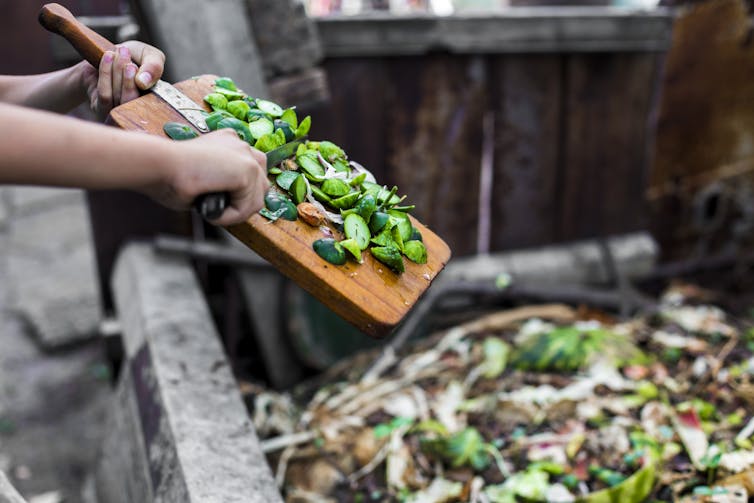
Don’ts:
• don’t let your compost bin be a feast for local rodents such as rats. Bury the base slightly into the ground, lining the bin with wire mesh and keeping it covered. Avoid adding meat scraps, cooking fats and oils, milk products and bones, which will attract vermin
• don’t let your compost get stinky or slimy – that means it’s too wet. Slimy compost means you need to add more “brown” materials. You can also speed things along by having a dig through the heap every week or so, or adding extra bits and pieces at various stages (chook poo, crushed rock and lime) to help it all happen faster
• don’t let nasty chemicals and germs get into your compost. This includes things like treated wood waste, pet waste (if they take medication or eat meat) and sick plants. Home compost bins are limited in what they can process. It is a good idea to wear gloves as an extra safety measure.
Council Compost Collection
Local councils are increasingly offering food waste collection programs, sometimes along with garden green waste. In such cases, these materials are processed at large scale composting sites
In Victoria, a four-bin waste and recycling system will be rolled out in partnership with councils. Most households will be using this system by 2030.
Gold Coast City Council City recently diverted 553 tonnes of food waste from landfill during a one-year trial. The program helps address home composting space challenges for the region’s many apartment and high-rise dwellers.
If your council offers food waste collection, make sure you follow their particular “dos and don'ts” advice. Depending where you live, it may differ slightly to ours.
Read more: Fertile ground: what you need to know about soil to keep your garden healthy
To Bag, Or Not To Bag?
Working out how to bag up your food scraps – whether for your home bin or council collection – can be confusing. Check your local instructions for kerbside collection to make sure your food waste is bagged in the right way.
You can try putting “home compostable” bags in your own compost bin, experimenting with your bin temperature to achieve the best outcome. Compostable plastic“ is designed to break down back into nutrients, but most still need managed, high-heat conditions to activate this process.
Don’t be tricked by "degradable” bags - these are likely to be made of plastic and just break into millions of tiny pieces. Also, as others have written, some “biodegradable” plastics made of plant-based materials might not be better for the environment, and they can take just as long to degrade as traditional plastics.
The Benefits Of Composting
Making compost at home doesn’t just lighten our rubbish bin and help our gardens. It also helps tackle climate change.
Each year in Australia, food waste rotting in landfill creates methane equivalent to around 6.8 million tonnes of carbon dioxide. If global food waste were a country, it would be the third-largest emitter of greenhouse gases in the world, behind the United States and China.
So clearly, there are many great reasons to compost. And by following a few simple rules, you too can create your own “black gold”.![]()
Cheryl Desha, Associate Professor, School of Engineering and Built Environment, and Director, Engagement (Industry), Griffith University; Kimberley Reis, Lecturer, School of Engineering and Built Environment, Griffith University, Griffith University, and Savindi Caldera, Research Fellow, Cities Research Institute, Griffith University
This article is republished from The Conversation under a Creative Commons license. Read the original article.
If 80% of Australians care about climate action, why don't they vote like it?

Poll after poll suggests a large majority of Australians cares about climate change. Yet in recent federal elections, this hasn’t translated into wins for parties with stronger policy platforms on climate change.
So what determines someone’s climate change attitude, and how does it translate into voting?
In research published today, we studied 2,033 Australian voters’ attitudes across the political spectrum in the context of the 2019 federal election. And we found over 80% said they think it’s important Australia reduce greenhouse gas emissions. This includes close to 70% of conservative voters (those voting for Coalition parties).
However, digging deeper reveals nuance to these attitudes. While most Australians support climate action, stark differences emerge along political party preferences in terms of how important voters think it is.
Our research suggests the question about social support for climate action in Australia is no longer: “does climate change matter to enough Australians?”. Instead, the critical question may well be: “does climate change matter enough to Australians to shift climate politics?”.
Why The ‘Climate Election’ Didn’t Pan Out
We conducted our survey in July 2019, two months after the Coalition won the federal election. Its victory came as a surprise to many, as the election was sometimes billed the “climate election”, implying climate change was a bellwether issue.
The climate policies of the two major parties were night and day, with the Labor Party campaigning on ambitious mitigation targets and the incumbent Coalition maintaining the status quo of very limited climate policy.
So what were the voters thinking?
We found about half of Australian voters (52%) said climate change was important when deciding their vote in the 2019 Australian federal election. However, climate was the most important issue for only 14% of voters.
Even among those who said they felt it was extremely important for Australia to reduce greenhouse gas emissions, most (58%) said climate change was important, but not the most important issue, when deciding their vote.
Read more: Australia’s major parties' climate policies side-by-side
Climate change was stated as the most important issue for 21% of Labor voters and 39% of Greens voters, but for less than 5% of Liberal Party, National Party, and Queensland LNP voters.
This pattern was reversed for those who didn’t take climate change policy into account in their vote: 26% of Liberal, 21% of National, and 31% of Queensland LNP voters did not consider climate change when deciding their vote. Under 15% of Labor and Greens voters did the same.
And when we looked at how much voters cared about climate action, the differences become more potent. Three quarters (73%) of progressive voters (those voting for the ALP or the Greens) see Australian action to reduce emissions as “extremely important”. Only one quarter (26%) of conservative voters say the same thing.
Who’s More Willing To Make Sacrifices For The Climate?
Our research also explored the extent voters were willing to accept a personal cost to support climate action. We asked about their willingness to accept a significant or small personal cost, but didn’t specify what we meant by small or significant, because a small cost to one person may be a significant cost to another.
Most voters (72%) said they’d be willing to incur some personal cost in return for emissions reductions. Across the political spectrum, the proportion of voters willing to accept a small personal cost is relatively similar: 60% of progressive voters, 55% of conservative voters.
Major differences emerge when it comes to “significant personal cost”.
While 26% of progressive voters are willing to incur a significant personal cost, only 5% of conservative voters feel similarly. At the other end of the spectrum, 40% of conservative voters are unwilling to incur any personal cost, but only 14% of progressive voters feel the same.
Support for strong climate policies may depend on whether the policies will, or are perceived to, personally impact voters. Given political leaders’ stances influence public support for climate policies (as 2018 research showed), our research highlights an opportunity for conservative political leaders to clarify their position on climate change.
Interestingly, age was a consistent predictor of responses. Younger people were more likely than older people to consider it important that Australia reduce greenhouse gas emissions. Younger people were more willing to incur a personal cost to support climate action, and to consider climate change when deciding their vote.
In fact, we found an Australian voter from the Baby Boomer generation is half as likely as a voter from Generation Z to consider it important to reduce greenhouse gas emissions.
Divisive Politics Have A Limited Shelf Life
If future young people cared just as much about climate change as today’s young people, and if existing cohorts don’t change their views as they age, then the percentage of Australian voters who consider greenhouse gas emissions to be “extremely important” is likely to increase from 52% in our 2019 data, to 56% by 2030. By 2050, this figure could rise to 65%.
These projections are purely on the basis of more climate-aware cohorts coming into voting age and replacing older voters. It doesn’t consider any future changes in attitudes within cohorts (which may also make a big difference).
The key implication is simple. If Australian political leaders pursued stronger climate action, they could rest assured most of the voting population will broadly support them, along with most of their own voter base — regardless of which party is in power.
This will become only more pronounced with gradual generational change, and likely changes in attitudes within age groups. In any case, it’s clear divisive politics that result in climate delay have a limited shelf life.
Read more: Nearly 80% of Australians affected in some way by the bushfires, new survey shows ![]()
Rebecca Colvin, Senior lecturer, Crawford School of Public Policy, Australian National University and Frank Jotzo, Director, Centre for Climate and Energy Policy, Australian National University
This article is republished from The Conversation under a Creative Commons license. Read the original article.
After the floods, stand by for spiders, slugs and millipedes – but think twice before reaching for the bug spray
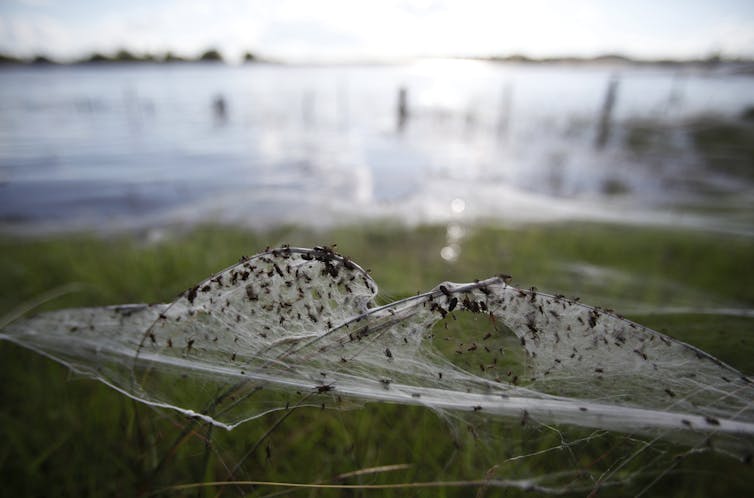
Record-breaking rain has destroyed properties across New South Wales, forcing thousands of people to evacuate and leaving hundreds homeless.
Humans aren’t the only ones in trouble. Many of the animals that live with and around us are also heading for higher ground as the floodwaters rise.
Often small creatures — especially invertebrates like spiders, cockroaches and millipedes — will seek refuge in the relatively dry and safe environments of people’s houses. While this can be a problem for the human inhabitants of the house, it’s important to make sure we don’t add to the ecological impact of the flood with an overzealous response to these uninvited guests.
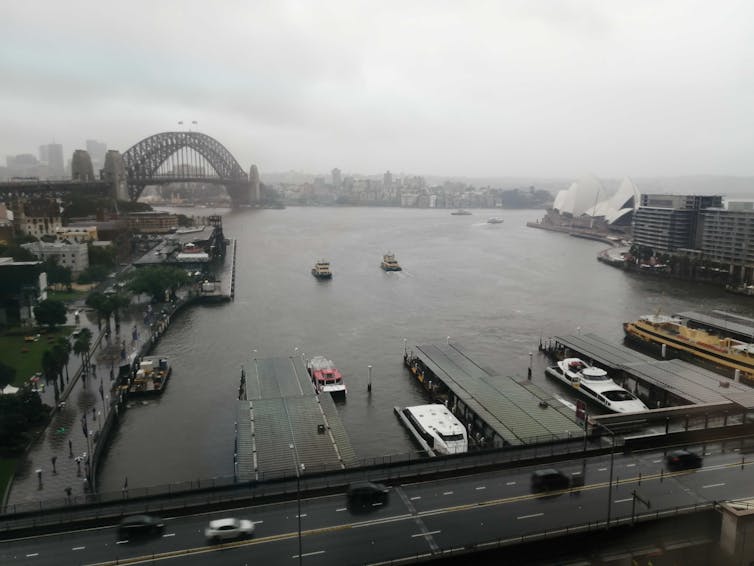
What Floods Do To Ecosystems
Floods can have a huge impact on ecosystems, triggering landslides, increasing erosion, and introducing pollutants and soil into waterways. One immediate effect is to force burrowing animals out of their homes, as they retreat to safer and drier locations. Insects and other invertebrates living in grass or leaf litter around our homes are also displaced.
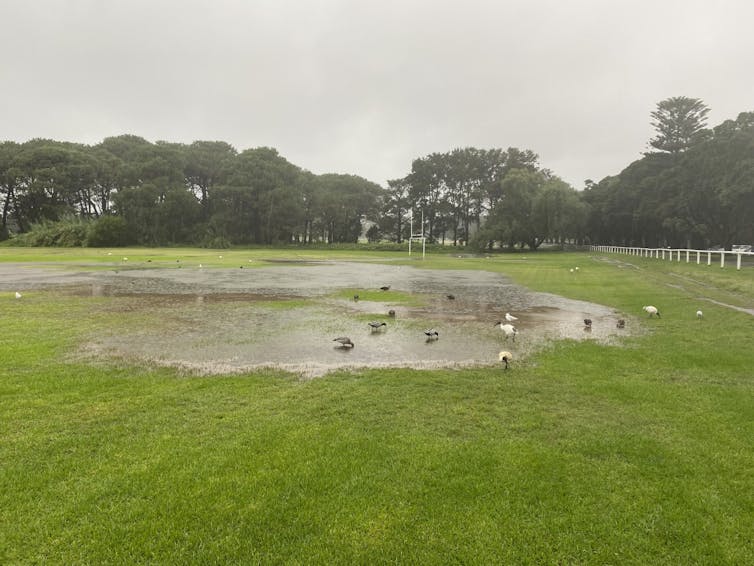
Snakes have reportedly been “invading” homes in the wake of the current floods. Spiders too have fled the rising waters. Heavy rain can flood the burrows of the Australian funnelweb, one of the world’s most venomous spiders.
Some Invertebrates Will Boom; Others May Plummet
Rain increases greenery, which can support breeding booms of animals such as mosquitoes, locusts, and snails.
Even species that don’t thrive after floods are likely to become more visible as they flock to our houses for refuge. But an apparent short-term increase in numbers may conceal a longer story of decline.
Read more: After the floods come the mosquitoes – but the disease risk is more difficult to predict
After periods of flooding, the abundance of invertebrates can fall by more than 90% and the number of different species in an area significantly drops. This has important implications for the recovery of an ecosystem, as many of the ground dwelling invertebrates displaced by floods are needed for soil cycling and decomposition.
So before you reach for the bug spray, consider the important role these animals play in our ecosystem.
What To Do With The Extra House Guests?
If your house has been flooded, uninvited creatures taking shelter in your house are probably one of the smaller issues you are facing.
Once the rain subsides, cleaning in and around your property will help reduce unwanted visitors. Inside your house, you may see an increase in cockroaches, which flourish in humid environments. Ventilating the house to dry out any wet surfaces can help get rid of cockroach infestations, and filling crevices can also deter unwanted visitors.
Read more: Floods leave a legacy of mental health problems — and disadvantaged people are often hardest hit
In the garden, you may see an increase in flies in the coming weeks and months as they lay eggs in rotting plants. Consider removing any fruit and vegetables in the garden that may rot.
Mosquitoes are also one to watch as they lay eggs in standing water. Some species pose a risk of diseases such as Ross River virus. To prevent unwanted mozzies, make sure to empty things that have filled with rainwater, such as buckets and birdbaths.
If you do encounter one of our more dangerous animals in your home, such as venomous snakes and spiders, do not handle them yourself. If you find an injured or distressed snake, or are concerned about snakes in your house, call your local wildlife group who will be able to relocate them for you.
Just like the floods, which will subside as the water moves on, the uninvited gathering of animals is a temporary event. Most visitors will quickly disperse back to more appropriate habitat when the weather dries, and their usual homes are available again.
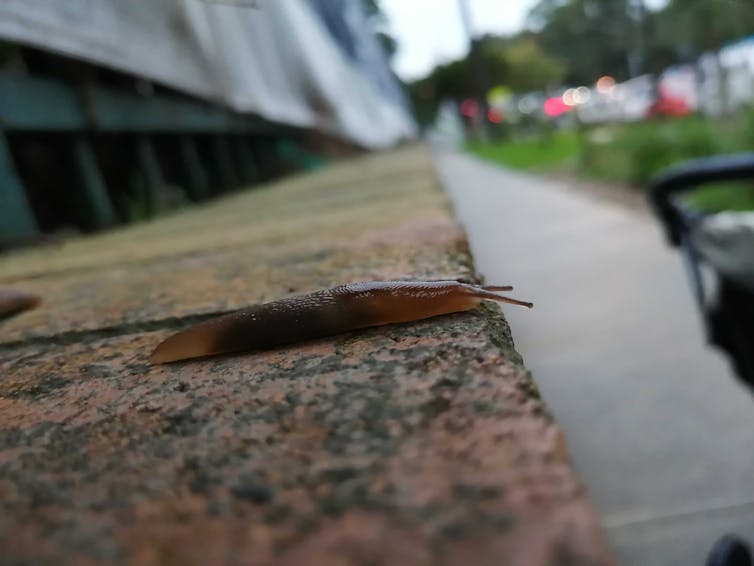
Don’t Sweat The Small Stuff
While many of the impacts of floods are our own making, through poor planning and development in flood-prone areas, effective design of cities and backyards can mitigate the risks of floods. Vegetation acts as a “sponge” for stormwater, and appropriate drainage allows water to flow through more effectively. Increasing backyard vegetation also provides extra habitat for important invertebrate species, including pollinators and decomposers.
Read more: Not 'if', but 'when': city planners need to design for flooding. These examples show the way
With severe weather events on the rise, it is important to understand how ecosystems respond to, and recover from natural disasters. If invertebrates are unable to perform vital ecosystem functions, such as soil cycling, decomposition, and pollination, ecosystems may struggle to return to their pre-flood state. If the ecosystems don’t recover, we may see prolonged booms of nuisance pests such as mosquitoes.
A few temporary visitors are are a minor inconvenience in comparison to the impacts floods have on the environment, infrastructure and the health and well-being of people impacted. So while it may seem like a bit of a creepy inconvenience, maybe we should let our house guests stay until the flood waters go down.![]()
Caitlyn Forster, PhD Candidate, School of Life and Environmental Sciences, University of Sydney; Dieter Hochuli, Professor, School of Life and Environmental Sciences, University of Sydney, and Eliza Middleton, Laboratory Manager, School of Life and Environmental Sciences, University of Sydney
This article is republished from The Conversation under a Creative Commons license. Read the original article.
Not 'if', but 'when': city planners need to design for flooding. These examples show the way
Elizabeth Mossop, University of Technology SydneyAs the current New South Wales flooding highlights, it’s not enough to continue to build cities and towns based on business-as-usual planning principles — especially as these disasters tend to disproportionately affect disadvantaged populations, increasing inequality in Australia.
We need to design our urban spaces around the idea that flooding is inevitable. That means not building on flood plains, and thinking creatively about what can be done to create urban “sinks” to hold water when floods strike.
Examples from overseas show what’s possible when the political will is there.
Keeping People Out Of Harm’s Way
It beggars belief this needs to be said, but it is a government responsibility to keep citizens out of harm’s way. The ongoing plans for new housing in flood-prone areas such as the Hawkesbury-Nepean Valley directly contravene that.
Understanding urban flooding requires us to contend with the underlying natural systems over which we have built our cities and towns.
We have learned the hard way we cannot effectively “design out” flooding. Instead, we must find ways to work with the natural systems of drainage and catchments. We must create urban systems to accommodate flood waters. That reduces risk to houses, schools, hospitals, businesses and other key infrastructure.
We have tried channelling rivers with levees and flood walls and it does not work - when these constructions fail (and they usually eventually do), the danger is immense. We need to find ways to safely allow rivers to expand in times of flood and to contract when the rains subside. This cycle of expansion and contraction is normal and natural for rivers — it is we humans who need to change.
The cities of Rotterdam in the Netherlands and New Orleans in the United States are built on river deltas and are at a very high risk of flooding. The design strategies used by planners in these cities provide effective models for reducing flooding harm in Australia.
Rotterdam: Rethinking Its Relationship With Water
Since 2001, Rotterdam has been transitioning to become a resilient delta city by rethinking its relationship with water.
The city has developed a series of sophisticated plans to address flooding, as well as other climate impacts such as drought and extreme heat.
Some plans are enormous in scope, involving city-wide strategies. Others are much more targeted, small-scale projects that can be undertaken by communities and individual households. You need both.
These plans are informed by the idea that it’s not just about applying a technical solution. A cultural change is also needed, so communities understand the urgency of the climate crisis and why the way we build towns and cities has to evolve.
The goal is to make the city a better place for all and to promote social cohesion (a necessary ingredient in any effort to build climate change resilience).
Water management and climate adaptation should be factored into every urban plan and every project, small or large.
Rotterdam’s plans include a range of different approaches. There are “water squares” that use public open spaces to store flood waters during times of heavy rain. These urban sinks can be used as hangout spaces on dry days, and can hold vast amounts of water in heavy rain, keeping flood water away from properties.
This is very similar to the approach taken in Sydney’s Victoria Park, where parks are all at a lower elevation than surrounding streets. This allows the temporary storage of stormwater.
The Rotterdam program also includes other strategies for alternative water storage, the removal of hard surfaces and creation of more green space, and the proliferation of green roofs and roof landscapes. The goal is to create spaces that can hold and absorb rainwater when it falls.
Rotterdam’s investment in innovation and development in urban water management has led to a new knowledge industry for the city, with businesses and research institutes disseminating their expertise worldwide.
New Orleans: After Katrina, A New Way Of Doing Things
Following the devastation of the levee failures after Hurricane Katrina in 2005, New Orleans has gradually moved to a regime of urban development in which every project addresses the need to deal with stormwater and flooding on site.
In the Lakeview neighbourhood, for example, the street system is being re-engineered to use all of its alleyways as green infrastructure. They will have permeable paving and special vegetated channels called bioswales over large gravel storage beds to absorb and store stormwater. This will take the pressure off the street drainage.
The campus of Tulane University in uptown New Orleans has a stormwater masterplan. This has led to the development of a series of “stormwater gardens” that can filter and store large volumes of water, protecting the rest of the site from flooding.
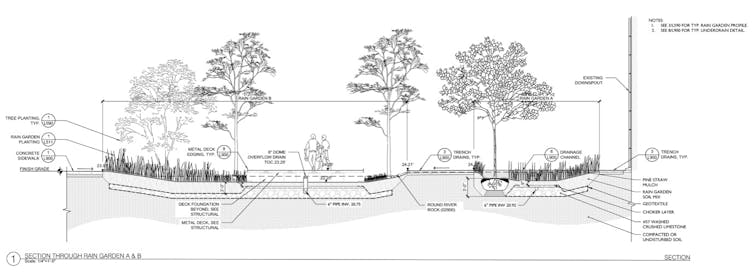
In downtown New Orleans, where there is little natural ground, new buildings have to find architectural solutions for water management.

Underneath the tiny alley that leads into Bar Marilou at the Ace Hotel, massive underground storage tanks manage all of the stormwater for the entire hotel.
On the roof deck of the Standard Apartments, a “blue roof” filters stormwater through carefully selected plants. Water is then stored below the paving and above the parking deck.
At the Paul Habans Charter School on New Orleans Westbank, the entire school grounds have been converted to clean and store water. Students are taught onsite about water management and natural systems.
In the Green Schoolyard, a formerly flooded area has been redesigned to accommodate planted swales and water storage.
In the Habans Stormwater and Nature Centre, a workforce development program for Greencorps youth is building an extensive artificial wetland that will cleanse and store water as well as provide environmental education.

Change is clearly possible. It might not be easy, but as the devastation under way in NSW this week shows, it is better than the alternative.
This story is part of a series The Conversation is running on the nexus between disaster, disadvantage and resilience. You can read the rest of the stories here.![]()
Elizabeth Mossop, Dean of Design, Architecture and Building, University of Technology Sydney
This article is republished from The Conversation under a Creative Commons license. Read the original article.
What is a 1 in 100 year weather event? And why do they keep happening so often?
Andy Pitman, UNSW; Anna Ukkola, UNSW, and Seth WestraPeople living on the east coast of Australia have been experiencing a rare meteorological event. Record-breaking rainfall in some regions, and very heavy and sustained rainfall in others, has led to significant flooding.
In different places, this has been described as a one in 30, one in 50 or one in 100 year event. So, what does this mean?
What Is A 1 In 100 Year Event?
First, let’s clear up a common misunderstanding about what a one in 100 year event means. It does not mean the event will occur exactly once every 100 years, or that it will not happen again for another 100 years.
For meteorologists, the one in 100 year event is an event of a size that will be equalled or exceeded on average once every 100 years. This means that over a period of 1,000 years you would expect the one in 100 year event would be equalled or exceeded ten times. But several of those ten times might happen within a few years of each other, and then none for a long time afterwards.
Read more: Explainer: was the Sydney storm 'once-in-a-century'?
Ideally, we would avoid using the phrase “one in 100 year event” because of this common misunderstanding, but the term is so widespread now it is hard to change. Another way to think about what a one in 100 year event means is that there is a 1% chance of an event of at least that size in any given year. (This is known as an “annual exceedance probability”.)
How Common Are 1 In 100 Year Events?
Many people are surprised by the feeling that one in 100 year events seem to happen much more often than they might expect. Although a 1% probability might sound pretty rare and unlikely, it is actually more common than you might think. There are two reasons for this.
First, for a given location (such as where you live), a one in 100 year event would be expected to occur on average once in 100 years. However, across all of Australia you would expect the one in 100 year event to be exceeded somewhere far more often than once in a century!
In much the same way, you might have a one in a million chance of winning the lottery, but the chance someone wins the lottery is obviously much higher.
Second, while a one in 100 year flood event might have a 1% chance of occurring in a given year (hence it’s referred to as a “1% flood”), the chance is much higher when looking at longer time periods. For example, if you have a house designed to withstand a 1% flood, this means over the course of 70 years there’s a roughly 50% chance the house would be flooded at some point during this time! Not the best odds.
How Well Do We Know How Often Flood Events Occur?
Incidents like these 1% annual exceedance probability events are often referred to as “flood planning levels” or “design events”, because they are commonly used for a range of urban planning and engineering design applications. Yet this presupposes we can work out exactly what the 1% event is, which sounds simpler than it is in practice.
First of all, we use historical data to estimate the one in 100 year event, but Australia has only about 100 years of reliable meteorological observations, and even shorter records of river flow in most locations. We know for sure this 100-year record does not contain the largest possible events that could occur in terms of rainfall, drought, flood and so on. We have data from indirect paleoclimate evidence pointing to much larger events in the past.
Read more: Sydney storm: are extreme rains and flash floods increasing?
So a 1% event is by no means a “worst case” scenario, and some of the evidence from paleoclimate data suggests the climate has been very different in the deep past.
Second, estimating the one in 100 year event using historical data assumes the underlying conditions are not changing. But in many parts of the world, we know rainfall and streamflow are changing, leading to a changing risk of flooding.
Moreover, even if there was no change in rainfall, changes to flood risk can occur due to a host of other factors. Increased flood risk can result from land clearing or other changes in the vegetation in a catchment, or changes in catchment management.
Increased occurrence of flooding can also be associated with poor planning decisions that locate settlements on floodplains. This means a one in 100 year event estimated from past observations could under- or indeed overestimate current flood risk.
A third culprit for influencing how often a flood occurs is climate change. Global warming is unquestionably heating the oceans and the atmosphere and intensifying the hydrological cycle. The atmosphere can hold more water in a warmer world, so we would expect to see rainfall intensities increasing.
Extreme rainfall events are becoming more extreme across parts of Australia. This is consistent with theory, which suggests we will see roughly a 7% increase in rainfall per degree of global warming.
Australia has warmed on average by almost 1.5℃, implying about 10% more intense rainfall. While 10% might not sound too dramatic, if a city or dam is designed to cope with 100mm of rain and it is hit with 110mm, it can be the difference between just lots of rain and a flooded house.
So What Does This Mean In Practice?
Whether climate change “caused” the current extreme rainfall over coastal New South Wales is difficult to say. But it is clear that with temperatures and heavy rainfall events becoming more extreme with global warming, we are likely to experience one in 100 year events more often.
We should not assume the events currently unfolding will not happen again for another 100 years. It’s best to prepare for the possibility it will happen again very soon.
Read more: Droughts and flooding rains: it takes three oceans to explain Australia's wild 21st-century weather ![]()
Andy Pitman, Director of the ARC Centre of Excellence for Climate System Science, UNSW; Anna Ukkola, ARC DECRA Fellow, UNSW, and Seth Westra, Associate Professor, School of Civil, Environmental and Mining Engineering
This article is republished from The Conversation under a Creative Commons license. Read the original article.
New Shorebirds WingThing For Youngsters Available To Download
A Shorebirds WingThing educational brochure for kids (A5) helps children learn about shorebirds, their life and journey. The 2021 revised brochure version was published in February 2021 and is available now. You can download a file copy here.
If you would like a free print copy of this brochure, please send a self-addressed envelope with A$1.10 postage (or larger if you would like it unfolded) affixed to: BirdLife Australia, Shorebird WingThing Request, 2-05Shorebird WingThing/60 Leicester St, Carlton VIC 3053.

 Shorebird Identification Booklet
Shorebird Identification Booklet
The Migratory Shorebird Program has just released the third edition of its hugely popular Shorebird Identification Booklet. The team has thoroughly revised and updated this pocket-sized companion for all shorebird counters and interested birders, with lots of useful information on our most common shorebirds, key identification features, sighting distribution maps and short articles on some of BirdLife’s shorebird activities.
The booklet can be downloaded here in PDF file format: http://www.birdlife.org.au/documents/Shorebird_ID_Booklet_V3.pdf
Paper copies can be ordered as well, see http://www.birdlife.org.au/projects/shorebirds-2020/counter-resources for details.
Download BirdLife Australia's children’s education kit to help them learn more about our wading birdlife
Shorebirds are a group of wading birds that can be found feeding on swamps, tidal mudflats, estuaries, beaches and open country. For many people, shorebirds are just those brown birds feeding a long way out on the mud but they are actually a remarkably diverse collection of birds including stilts, sandpipers, snipe, curlews, godwits, plovers and oystercatchers. Each species is superbly adapted to suit its preferred habitat. The Red-necked Stint is as small as a sparrow, with relatively short legs and bill that it pecks food from the surface of the mud with, whereas the Eastern Curlew is over two feet long with a exceptionally long legs and a massively curved beak that it thrusts deep down into the mud to pull out crabs, worms and other creatures hidden below the surface.
Some shorebirds are fairly drab in plumage, especially when they are visiting Australia in their non-breeding season, but when they migrate to their Arctic nesting grounds, they develop a vibrant flush of bright colours to attract a mate. We have 37 types of shorebirds that annually migrate to Australia on some of the most lengthy and arduous journeys in the animal kingdom, but there are also 18 shorebirds that call Australia home all year round.
What all our shorebirds have in common—be they large or small, seasoned traveller or homebody, brightly coloured or in muted tones—is that each species needs adequate safe areas where they can successfully feed and breed.
The National Shorebird Monitoring Program is managed and supported by BirdLife Australia.
This project is supported by Glenelg Hopkins Catchment Management Authority and Hunter Local Land Services through funding from the Australian Government’s National Landcare Program. Funding from Helen Macpherson Smith Trust and Port Phillip Bay Fund is acknowledged.
The National Shorebird Monitoring Program is made possible with the help of over 1,600 volunteers working in coastal and inland habitats all over Australia.
The National Shorebird Monitoring program (started as the Shorebirds 2020 project initiated to re-invigorate monitoring around Australia) is raising awareness of how incredible shorebirds are, and actively engaging the community to participate in gathering information needed to conserve shorebirds.
In the short term, the destruction of tidal ecosystems will need to be stopped, and our program is designed to strengthen the case for protecting these important habitats.
In the long term, there will be a need to mitigate against the likely effects of climate change on a species that travels across the entire range of latitudes where impacts are likely.
The identification and protection of critical areas for shorebirds will need to continue in order to guard against the potential threats associated with habitats in close proximity to nearly half the human population.
Here in Australia, the place where these birds grow up and spend most of their lives, continued monitoring is necessary to inform the best management practice to maintain shorebird populations.
BirdLife Australia believe that we can help secure a brighter future for these remarkable birds by educating stakeholders, gathering information on how and why shorebird populations are changing, and working to grow the community of people who care about shorebirds.
To find out more visit: http://www.birdlife.org.au/projects/shorebirds-2020/shorebirds-2020-program
Aussie Bread Tags Collection Points

CSIRO's Dish To Support One Of The First Commercial Moon Landings
March 25, 2021
The iconic Parkes radio telescope, owned and operated by Australia’s national science agency, CSIRO, will help businesses to literally reach for the Moon by providing ground station support for one of the first commercial lunar landings later this year.
CSIRO has signed a new five-year agreement with Houston-based aerospace company Intuitive Machines to support multiple lunar missions, including their first flight under NASA’s Commercial Lunar Payload Services (CLPS) initiative.
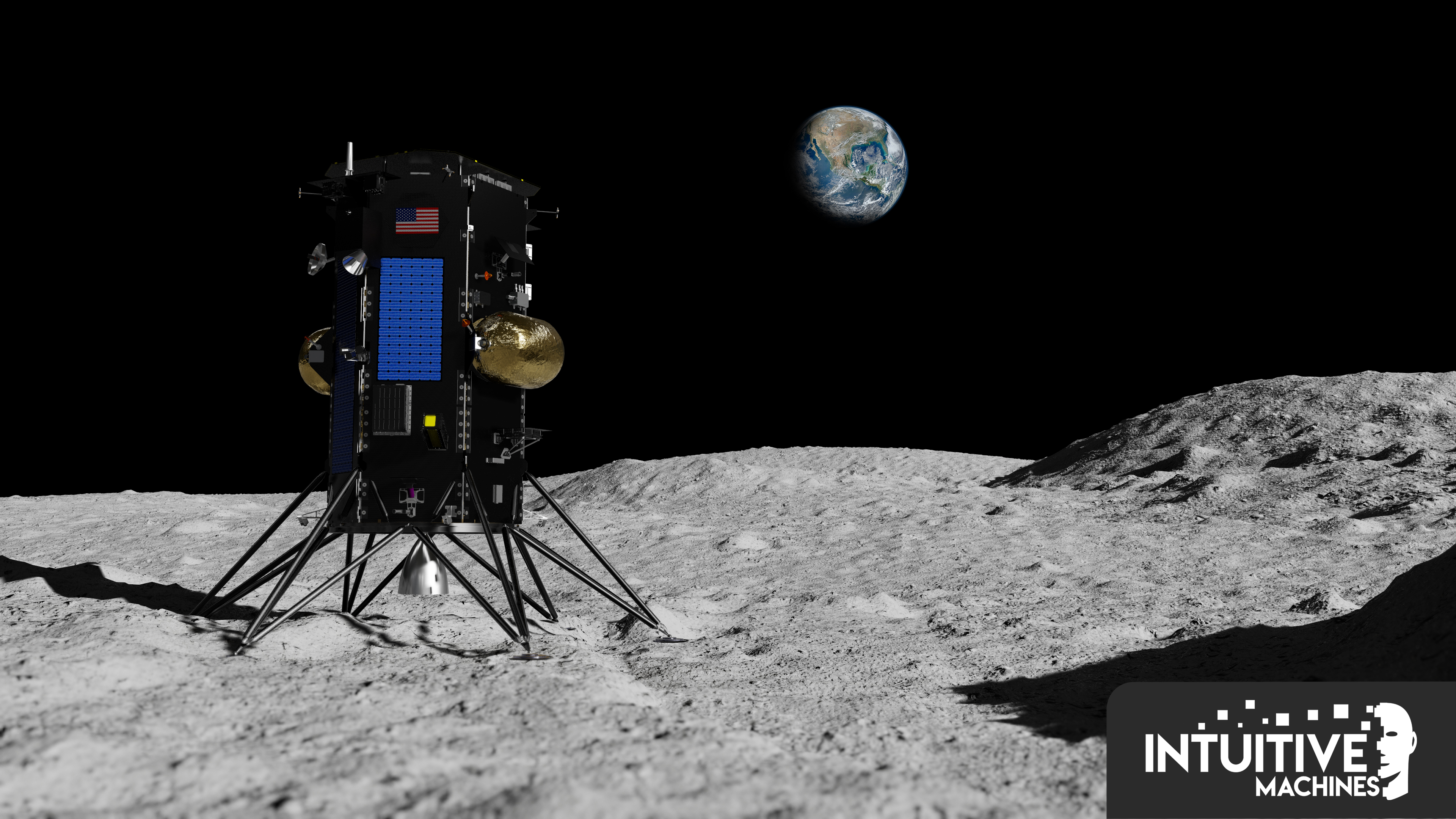
Intuitive Machines’ Nova-C lander will deliver cargo and experiments to the lunar surface. © Intuitive Machines
The Parkes telescope, also known as Murriyang, is valuable for spacecraft tracking due to its large dish surface and advanced data acquisition systems, which are used primarily for astronomy research.

CSIRO's Parkes telescope. Photo credit: CSIRO
The 64-metre telescope will be the largest and most sensitive receiving ground station for Intuitive Machines’ upcoming missions, maximising the return of the scientific and engineering data for the lunar exploration program.
CSIRO Chief Executive Dr Larry Marshall said the partnership was an exciting new chapter for the iconic Dish, with the partnership tapping into CSIRO’s expertise and proven track record supporting spacecraft programs.
“It was 50 years ago that Australia played a critical role in the original Moon mission, but innovation never sleeps, so we’re proud to support the latest innovations heading to the Moon’s surface,” Dr Marshall said.
“Australia is growing a vibrant space industry, underpinned by our unique strengths in agriculture, mining, and materials, and because we know innovation thrives on collaboration, we’re supporting the entire international space community.”
CSIRO’s Acting Chief Scientist Dr Sarah Pearce said CSIRO was proud to have its world class scientific facilities be part of the global team that will help Intuitive Machines and NASA deliver science instruments to the Moon.
“Along with NASA’s Honeysuckle Creek station near Canberra, the Parkes radio telescope helped share the Apollo 11 Moon landing with more than 600 million people around the world. And now we are proud to support the first companies extending their reach to the Moon’s surface, advancing knowledge that can benefit life both on Earth and, one day, on the Moon,” Dr Pearce said.
“Australia is growing a vibrant and respected space industry, underpinned by world-class national infrastructure and a long history in enabling space exploration. This is another example of Australian capability supporting the international space community.”
Intuitive Machines will launch its Nova-C Moon lander on a SpaceX Falcon 9 rocket towards the end of 2021, delivering commercial cargo and five NASA experiments to investigate the local geography and test technology required for future human exploration.
CLPS initiative companies are responsible for all aspects of delivering their cargo to the Moon, including spacecraft tracking and communication.
NASA urged CLPS providers to utilise ground station capabilities outside of NASA’s Deep Space Network, the ground station network supporting the Agency’s many interplanetary space missions.
Intuitive Machines Vice President for Control Centers Dr Troy LeBlanc said being the first commercial company to land on the Moon is a huge communications challenge.
“We require the technical support and expertise of the team at CSIRO’s Parkes radio telescope to provide mission tracking and data downlink services," Dr LeBlanc said.
“CSIRO’s Parkes telescope adds significant data downlink capability to Intuitive Machines’ robust Lunar Telemetry, Tracking and Command Network.
“The successful use of the Network for these initial missions will underpin the return of humans to the Moon and ultimately sustainable presence under the Artemis program.”
Director of CSIRO Astronomy and Space Science Dr Douglas Bock said the agreement with Intuitive Machines recognises CSIRO’s experience operating large, complex spacecraft tracking and radio astronomy infrastructure.
“Our Parkes radio telescope began supporting space missions in 1962, when it tracked the first interplanetary space mission, Mariner 2, as it flew by the planet Venus,” Dr Bock said.
“Most recently, the telescope received data from Voyager 2 as it entered interstellar space, supporting the Canberra Deep Space Communication Complex – which we also manage for NASA.
“Operating as a ground station for space missions complements the astronomy research conducted with the telescope and helps to maintain its capabilities as a world-class research instrument.”

The Parkes radio telescope will track Intuitive Machines’ spacecraft on its way to the Moon. © Intuitive Machines
About CSIRO
CSIRO is Australia’s national science agency and innovation catalyst. We solve the greatest challenges through innovative science and technology. Our collaborative research turns science into solutions for food security and quality; clean energy and resources; health and wellbeing; resilient and valuable environments; innovative industries; and a secure Australia and region.
About Intuitive Machines
Intuitive Machines is a premier provider and supplier of space products and services that enable sustained robotic and human exploration to the Moon, Mars and beyond. We drive markets with competitive world-class offerings synonymous with innovation, high quality, and precision. Whether leveraging state-of-the-art engineering tools and practices or integrating research and advanced technologies, our solutions are insightful and have a positive impact on the world.
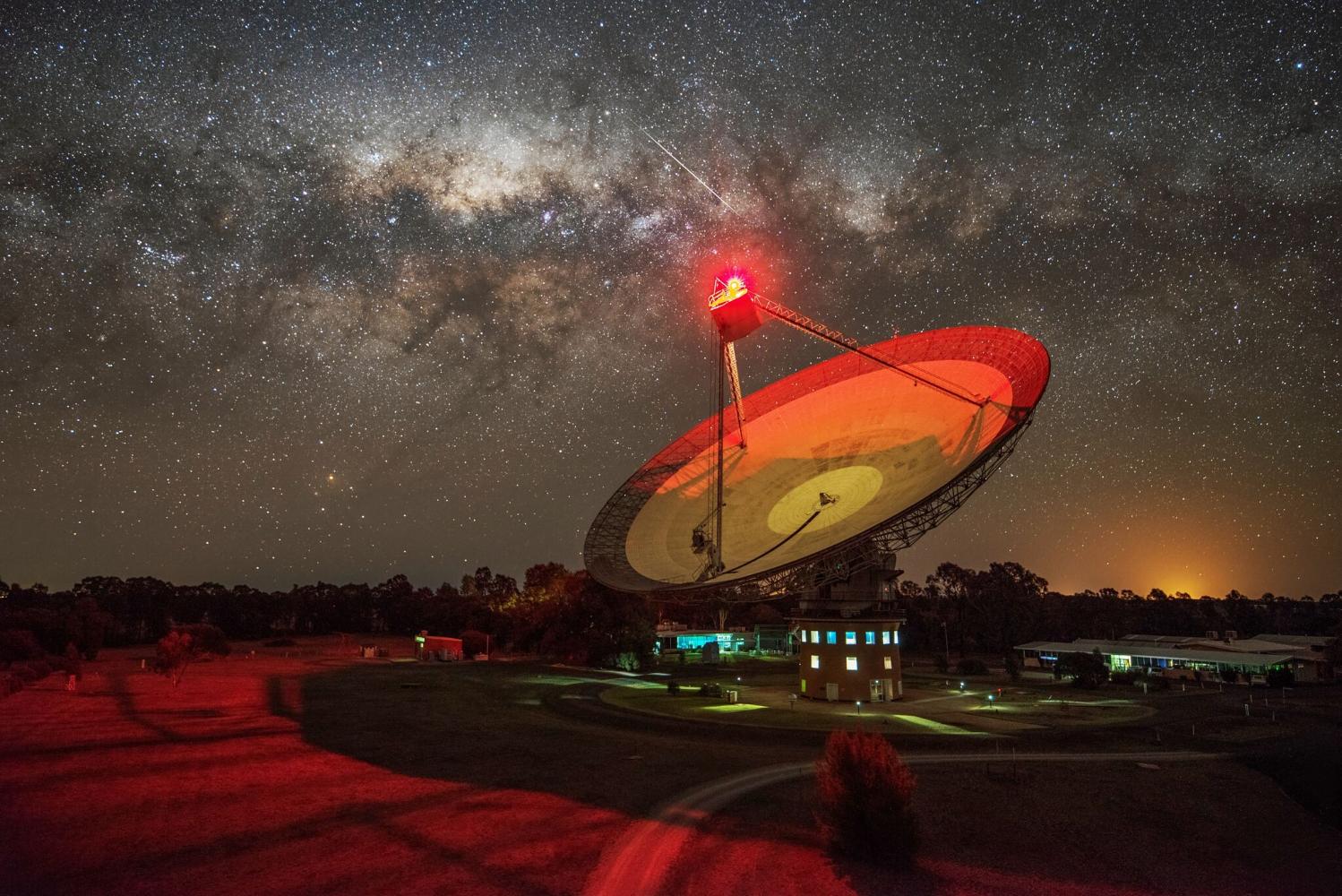
Why corporate climate pledges of ‘net-zero’ emissions should trigger a healthy dose of skepticism
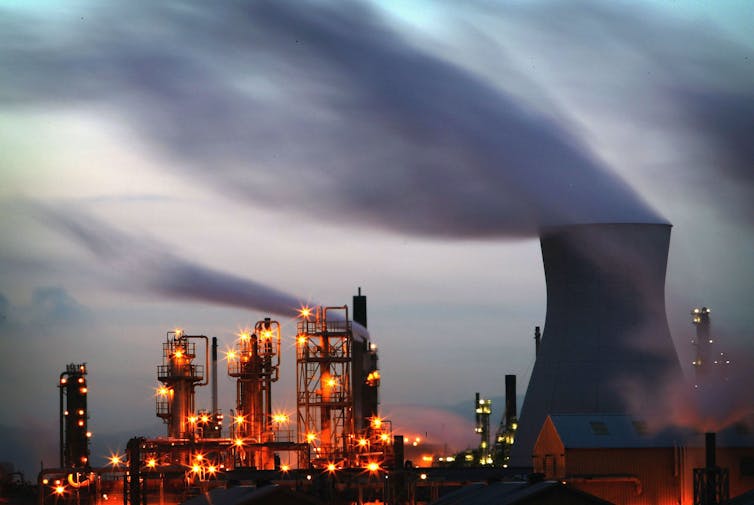
Hundreds of companies, including major emitters like United Airlines, BP and Shell, have pledged to reduce their impact on climate change and reach net-zero carbon emissions by 2050. These plans sound ambitious, but what does it actually take to reach net-zero and, more importantly, will it be enough to slow climate change?
As environmental policy and economics researchers, we study how companies make these net-zero pledges. Though the pledges make great press releases, net-zero is more complicated and potentially problematic than it may seem.
What Is ‘Net-Zero’ Emissions?
The gold standard for reaching net-zero emissions looks like this: A company identifies and reports all emissions it is responsible for creating, it reduces them as much as possible, and then – if it still has emissions it cannot reduce – it invests in projects that either prevent emissions elsewhere or pull carbon out of the air to reach a “net-zero” balance on paper.
The process is complex and still largely unregulated and ill-defined. As a result, companies have a lot of discretion over how they report their emissions. For example, a multinational mining company might count emissions from extracting and processing ore but not the emissions produced by transporting it.
Companies also have discretion over how much they rely on what are known as offsets – the projects they can fund to reduce emissions. The oil giant Shell, for example, projects that it will both achieve net-zero emissions by 2050 and continue to produce high levels of fossil fuel through that year and beyond. How? It proposes to offset the bulk of its fossil-fuel-related emissions through massive nature-based projects that capture and store carbon, such as forest and ocean restoration. In fact, Shell alone plans to deploy more of these offsets by 2030 than were available globally in 2019.
Environmentalists may welcome Shell’s newfound conservationist agenda, but what if other oil companies, the airline industries, the shipping sectors and the U.S. government all propose a similar solution? Is there enough land and ocean realistically available for offsets, and is simply restoring environments without fundamentally changing the business-as-usual paradigm really a solution to climate change?
Concerns About Voluntary Carbon Markets
Outside of compliance emissions markets, which primarily focus on government regulation in the energy sector, voluntary markets create most of the offsets that are used to reach net-zero.
Voluntary markets are organized and operated by a diverse range of groups where anyone can participate. Have you ever seen the option to offset your flight? That offset probably happens through a voluntary carbon market. The activities that produce the offsets include projects like forestry and ocean management, waste management, agricultural practices, fuel switching and renewable energy. As the name implies, they are voluntary and therefore largely unregulated.
Because of the wave of net-zero pledges and subsequent demand for offsets, voluntary carbon markets are under pressure to expand quickly. A task force launched by United Nations Special Envoy on Climate Action Mark Carney and involving several major companies released a sweeping blueprint at Davos 2021 that predicts voluntary carbon markets need to grow fifteenfold over the next decade. It suggests that the net-zero surge represents one of the largest commercial opportunities of our time – prompting keen interest from investors and big business. It also identifies and proposes solutions to some persistent challenges and critiques of voluntary carbon offset markets.
Some critics of the blueprint argue that it overlooks deeper problems rooted in the overall reliance on and effectiveness of voluntary carbon markets as a solution.
Though there is historical evidence of misuse and plenty of criticism, voluntary carbon markets are not inherently bad or useless in the pursuit of climate targets. In fact, quite the opposite. Some voluntary carbon market projects, in addition to mitigating climate change, provide other benefits, such as improvements to biodiversity habitats, water quality, soil health and socioeconomic opportunities.
However, there are real concerns about the ability of voluntary markets to legitimately deliver what they promise. Common concerns include questions about the permanence of the projects for storing carbon long term, verifying that offsets actually reduce emissions beyond a business-as-usual scenario and confirming that credits are not being used more than once. These and other challenges expose voluntary carbon markets to potential manipulation, greenwashing, unintended consequences and, regrettably, failure to achieve their purpose.
It’s getting better, but over-reliance on this method for counterbalancing emissions does risk some entities’ using offsets as a right to pollute.
Can Global Ecology Meet The Demand?
Voluntary carbon markets can improve landscapes and help make up for unavoidable emissions. However, they cannot accommodate all of the developed world’s net-zero targets.
Most of these initiatives have not yet started, yet emitters from developed countries are already seeking offsets outside their borders. This is raising concerns that wealthier companies may be placing the burden of their emissions onto poorer countries that can produce offsets cheaply, begging the notion of a newfound climate colonialism. Local communities may benefit from some environmental improvements or socioeconomic opportunities, but should economically developed polluters be forcing that decision?
Beyond ethics, in statistical terms, there is simply not enough ecological capacity to offset the world’s emissions.
Take the interest in using forests as offset solutions. There are around 3 trillion trees on Earth today with room for about 1 to 2.5 trillion more. The Trillion Tree Initiative, 1T program, Trillion Trees, and the CEO of Reddit, among others, aim to plant a trillion trees each. From just a few examples, there is already a paradoxical impasse.
Offsets can realistically do only so much for reaching climate targets. That is why the focus must turn toward reducing rather than offsetting global emissions. Voluntary carbon markets serve a critical role as innovation sandboxes for creative offset solutions, and they are mobilizing the private sector to act; however, they must be limited.
While some prominent organizations are pursuing net-zero, most businesses and governments have not yet pledged, let alone developed, clear and plausible road maps to meet targets in line with a 2050 net-zero global economy.
The Needed Goal: A Negative Net
The Intergovernmental Panel on Climate Change suggests that the world can keep global warming in check if emissions are cut in half by 2030, compared to 2010 levels, and reach net-zero by midcentury. However, it also states a need for greenhouse gas removal beyond net-zero emissions targets.
The real act of climate cleanup begins at net-negative emissions for all greenhouse gases. Only then will their atmospheric concentrations finally begin shrinking. That feat will require more renewable energy, widespread infrastructure and transportation developments, improved land management and investments in carbon capturing activities and technologies.
While net-zero is a critical step toward addressing climate change, it must be achieved smartly. And, importantly, it can’t be the end goal.
[Deep knowledge, daily. Sign up for The Conversation’s newsletter.]![]()
Oliver Miltenberger, Ph.D. Candidate in Environmental Economics, The University of Melbourne and Matthew D. Potts, Professor, S.J. Hall Chair in Forest Economics, University of California, Berkeley
This article is republished from The Conversation under a Creative Commons license. Read the original article.
How to hunt fossils responsibly: 5 tips from a professional palaeontologist
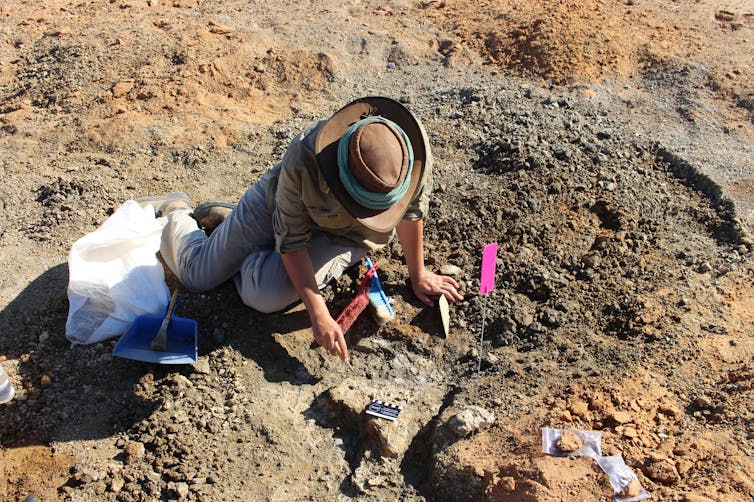
Many of us, at some point or another, dreamed of hunting for dinosaur fossils when we grew up. Palaeontology — the study of natural history through fossils — is the scientific reality of this. It encompasses all ancient lifeforms that left their trace in the earth, from stromatolites (microbial reefs up to 3.5 billion years old) to megafauna.
Australia has great fossil diversity and a lot of ground to cover, so it’s no surprise we have numerous active field naturalists, university clubs and Facebook groups out there fossicking for local treasures.
But amateur fossil collectors often aren’t provided with basic instructions from museums or government departments, to responsibly collect fossils. This means palaeontologists generally don’t encourage amateur collecting without supervision because of the environmental, cultural and scientific sensitivity of some sites, and rarity of some fossils.
But if you’re that kid, their parent or an amateur enthusiast still keen to get out there, I’ve put together a few pointers for collecting responsibly.
Why Do We Need To Be Responsible?
From the viewpoint of career palaeontologists, amateur fossil collecting has its pros and cons.
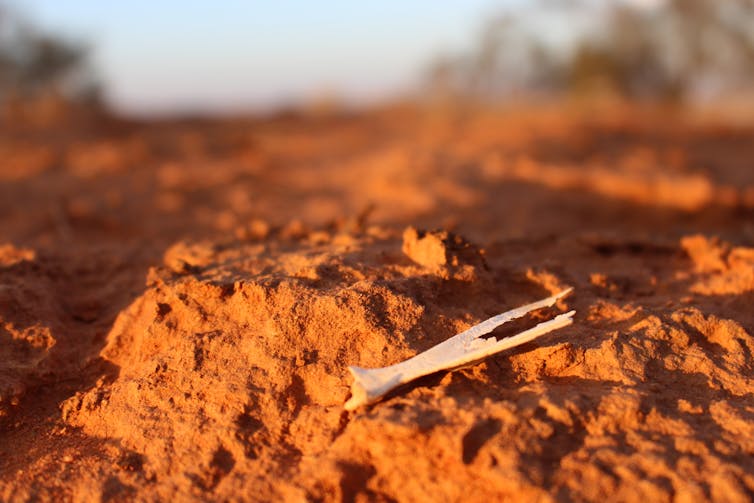
On the one hand, Australia has a great band of citizen scientists keen to help us cover more ground, particularly as funding and field work resources are becoming more scarce.
One of the most famous amateur collectors is Mary Anning from the UK. She was the first person to bring plesiosaurs and ichthyosaurs — marine reptiles from the time of the dinosaurs — to science without formal training or recognition when she was active in the early 19th century.
More recently, Museums Victoria has had successes with help from the public, such as the discovery of Miocene shark teeth (from around 25 million of years ago) in coastal limestone.
On the other hand, there are two possible negative outcomes from amateur fossil hunting.
The first is misidentification, which can lead to important specimens left collecting dust on bookshelves, placed in garden beds or broken in two during excavation.
But the situation we fear most is the commercialisation of palaeontology: putting a dollar value on scientifically irreplaceable specimens, placing them beyond the realm of museum or university acquisition budgets. For example, last year in the US, STAN the T. rex sold for US$31.8 million.
This doesn’t just hinder science, but also restricts access of really neat fossils to a handful of wealthy people, rather than a public audience.
Both of these outcomes are entirely avoidable with good science communication, and museum information officers.
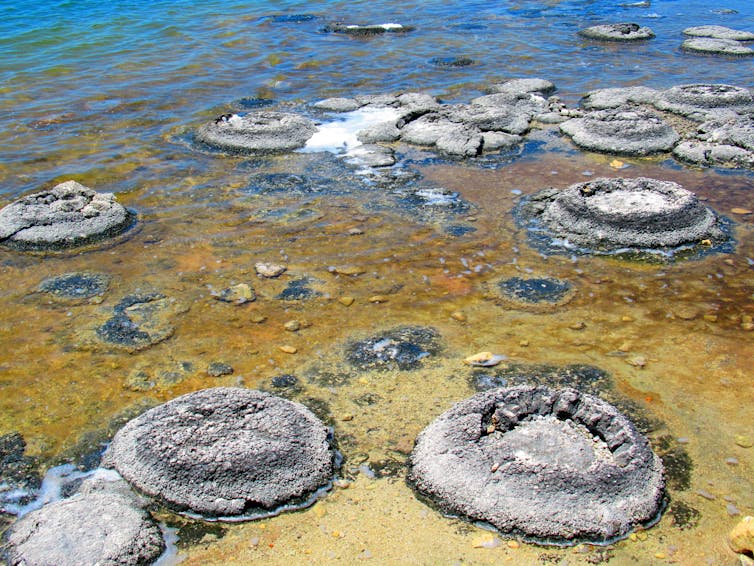
So How Can You Become A Responsible Citizen Palaeontologist?
Here are five things to know before you go:
1. Get permission
Make sure you have permission to be somewhere (on private or public land), and to collect. This extends to permissions from Traditional Owners on native title, pasturalists and local councils. This, however, rules out any national parks. And depending on your state, you may need a permit to collect from crown land (set aside for government or public purposes) or council land.
It’s always a good idea to check with your state museum or interest group which sites are OK for fossicking — some may be culturally, historically or scientifically sensitive.
2. Stay safe
Never attempt any field work on your own, always bring a friend. Make sure you both know basic first aid and can contact emergency services in a pinch. Anything from a rolled ankle to a snake bite needs to be planned for.
You can avoid or manage risks for most hazards by wearing suitable clothing: long pants, enclosed shoes and sunglasses to shield your eyes from rock chips. Always slip-slop-slap to prevent sunburn.
3. Equipment
The equipment you need will depend on the fossils you’re looking for and the ground they’re in. Beginners should aim for fossils in sand dunes or crumbly rock. You can use paint brushes, dustpans, and kitchen sieves to unearth all kinds of marine fossils from ancient dunes or coral reefs.
Once you get the hang of it, you can try coastal limestones and hard clays with picks and trowels. Most importantly, bring a label kit and a field notebook.
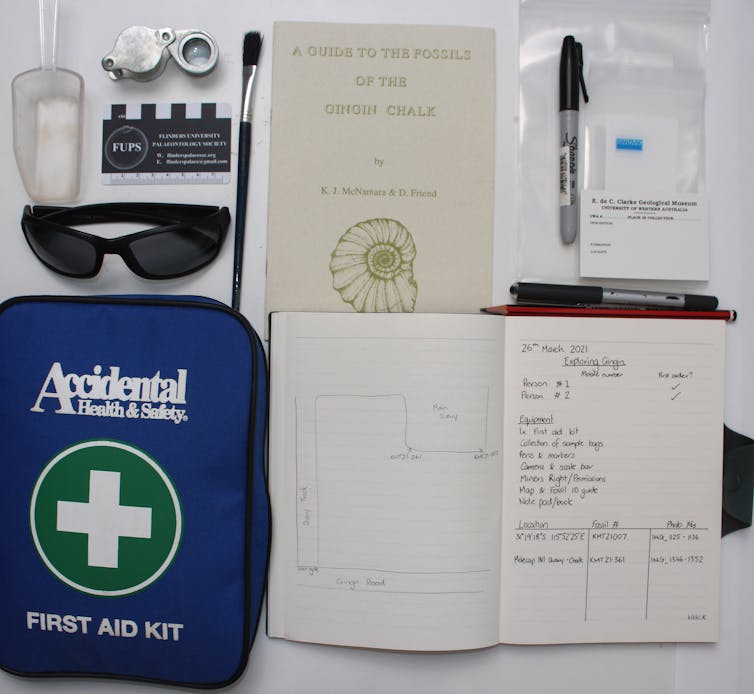
4. Leave some for the rest of us
If you hit the motherlode of Permian brachiopods and feel you don’t already have enough on your mantle, stop and think about the next generation of collectors.
Even the biggest museums show restraint in their collecting. Eventually you’ll run out of shelf space and the Permian geological record will run out of brachiopods (unlikely, but the point remains).
5. Be a citizen scientist
Identify what you’ve found, label it and do some research into it’s significance.
Keep a detailed notebook containing a record of where you found each specimen, when and who found it, and details about the rock or dirt it came from. Take plenty of photos before and after you pry it out of the earth.
Identifying Your Fossil
There are a number of online resources for identifying Australian fossils. A good place to start is Paleobiology Database where you can explore a map of fossil sites across Australia, from Gingin in Western Australia to Bayside, Victoria (and the rest of the world).
Get in touch with your state museum if you think you’ve found something special, or can’t quite figure out what you have once your Google search comes to a dead end. Anything that hasn’t been recorded from that location or is remarkably well preserved is worth looking into further.
Plan for demise (of you or your hobby, whichever comes first). The reason we have museums — and why they’re entrusted to look after Australia’s fossil heritage in perpetuity — is their ability to plan ahead of our lifetime.
What happens to your collection when you can no longer store it? Do you want to pass it on to a friend or family member? Will you donate it to a school, university or museum?
Write down a plan for your collection and make sure it’s always stored with adequate labels, somewhere it won’t be destroyed by time as it’s exposed to temperature, humidity, pests and minimalist family members.
Once you’re equipped with the knowledge and resources, get out there and contribute to the field and help conserve Australia’s rich palaeontological heritage.![]()
Kailah Thorn, EdCC Earth Science Museum Curator, University of Western Australia
This article is republished from The Conversation under a Creative Commons license. Read the original article.
Guide to the Classics: Voltaire’s Candide — a darkly satirical tale of human folly in times of crisis

“Italy had its renaissance, Germany its reformation, France had Voltaire”, the historian Will Durant once commented.
Born François-Marie Arouet, Voltaire (1694-1778) was known in his lifetime as the “patriarch” of the French enlightenment. A man of extraordinary energy and abilities, he produced some 100 volumes of poetry, fiction, theatre, biblical and literary criticism, history and philosophy.
Among his myriad works, Voltaire’s Candide, or Optimism (1759) is widely recognised as the masterpiece. A darkly satirical novella taking aim at human folly, pride and excessive faith in reason’s ability to plumb the deepest metaphysical truths, it remains as telling in this era of pandemics and wild conspiracy theories as when first published.
Read more: Criticism of Western Civilisation isn't new, it was part of the Enlightenment
Theological Shockwaves
In his earlier works Voltaire had propounded an almost naive optimism, but the decade from 1749-1759 was not easy for the philosopher-author.

Personally, his great love, Émilie du Châtelet had died in 1749. Politically, he had been forced from exile to exile for his criticism of monastic and clerical privileges in France and his Essay on Universal History, the Manners, and Spirit of Nations (1756), which treated Christianity as just one world religion, rather than the final revealed truth.
In 1755, meanwhile, on November 1, a huge earthquake had struck the Portugese capital, Lisbon, followed by a tsunami. Within minutes, tens of thousands were dead.
The recriminations soon began. Protestants saw in Lisbon’s destruction divine judgement on Catholicism. Catholics proposed, with equal implausibility, the especial sinfulness of the Lisbonites as the disaster’s cause. Pyres were erected in the streets to burn heretics, as scapegoats for the disaster.
This combination of senseless death and even more senseless human responses outraged Voltaire. His first response was the impassioned “Poem on the Lisbon Disaster” of 1755:
As the dying voices call out, will you dare respond
To this appalling spectacle of smoking ashes with,
[…] ‘God is avenged. Their death is the price of their crimes’?
Then, several years later, came Candide.

A Simple Lad
As his name suggests, Voltaire’s hero, Candide, is a simple lad. Raised in a magnificent castle in Westphalia, in North-Western Germany, he is moved by just two passions. The first is abiding love for his sweetheart, Cunégonde.
The second is admiration for his teacher, Pangloss (“all tongue”), an exalted Professor of “métaphysico-théologo-cosmolonigologie” possessed of the happy ability to explain everything that happens, despite appearances, as “for the best”.
It is demonstrable,“ said he, "that things cannot be otherwise than as they are; for […] all is necessarily for the best end. Observe, that the nose has been formed to bear spectacles — thus we have spectacles. Legs are visibly designed for stockings — and we have stockings […] Pigs were made to be eaten — therefore we eat pork all the year round. Consequently, they who assert that all is well have said a foolish thing, they should have said: all is for the best.”
In Pangloss, Voltaire is satirising German philosopher Gottfried Wilhelm Leibniz and the British poet, Alexander Pope.
These two men had defended what the former called “theodicy”: the idea that a perfect God could only have created the best possible world. Hence, the human perception that events like pandemics, earthquakes, massacres and tsunamis are bad must be mistaken.
Read more: Floods and fires: the struggle to rebuild, the search for meaning

Candide’s fate is set up by Voltaire as a reductio ad absurdum (reduction to absurdity) of this optimistic theory. Our hero is first expelled from his Edenic childhood garden, when Cunégonde’s father comes upon she and Candide illicitly experimenting in what Voltaire delicately calls “natural philosophy”.
In Candide’s ensuing wanderings around Europe and the Americas, Voltaire treats his hero to a veritable guided tour of all of the evils of war, lust, avarice, vanity and colonialism.
Fleeing war, rapine and zealotry in Bulgaria and Holland, Candide arrives in Lisbon just in time for the earthquake. He is selected for execution by fire as a heretic, before escaping to save Cunégonde from disputing, lustful representatives of the West’s two great biblical faiths, Judaism and Christianity.
The lovers flee together to the Americas. In Buenos Aires, however, the Spanish governor seizes Cunégonde for his wife. Candide and his servant, Cacambo, are forced to flee through yet more bloody misadventures in the new world.
In a rightly famous passage, which finally sees Candide recant of his teacher Pangloss’ theodicy as the “abomination […] of maintaining that everything is right when it is wrong”, they come upon a crippled African slave whose masters are Dutch merchants in Surinam:
“Yes, sir,” said the negro, “it is the custom. […] When we work at the sugar-canes, and the mill snatches hold of a finger, they cut off the hand; and when we attempt to run away, they cut off the leg; both cases have happened to me. This is the price at which you eat sugar in Europe.”
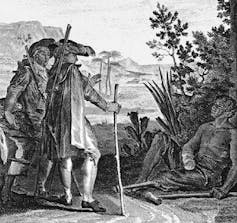
To this Europe, the increasingly disillusioned Candide returns. The riches he acquired in the new world are soon fleeced by cunning social climbers in Paris and Venice. He is reunited with Pangloss, who has recanted nothing of his optimism, despite being enslaved, flogged, hanged and brutally maimed, explaining that “I am a philosopher and I cannot retract […]”
Soon enough, Candide also hears news that Cunégonde is now a slave in Turkey, after her own litany of unlikely sufferings. So, he hits the road one last time. Reunited at last with his half-broken beloved, they retire to a little farm with their friends near Constantinople.
Here, despite everything, Pangloss still sometimes comes to mindlessly philosophise, as the story famously closes:
“There is a concatenation of events in this best of all possible worlds: for if you had not been kicked out of a magnificent castle for love of Miss Cunegonde: if you had not been put into the Inquisition: if you had not walked over America: […] if you had not lost all your sheep from the fine country of El Dorado: you would not be here eating preserved citrons and pistachio-nuts.”
“All that is very well,” answered Candide, “but let us cultivate our garden.”
Laughter
In the entry on “wit” (esprit) in his famous Philosophical Dictionary of 1764, Voltaire reflects that it is:
the art either of bringing together two things apparently remote, or of dividing two things which seem to be united, or of opposing them to each other […]
It is the art of Voltaire’s Candide to leave readers unsure whether they should be weeping, screaming, laughing or all at the same time. Atrocious sufferings are recounted with the innocence of a children’s fairy tale.
Elevated questions of metaphysical philosophy, which for a century had divided the greatest Western minds, are brought crashing down to earth amid the clamours of warring armies, collapsing cities, inhumane barbarism and slavery.

It is easy to see why critics have read Voltaire’s novella as a document written in despair. But the laughter of the book suggests this is only half the story.
Voltaire is enraged at human cruelty and idiocy. He scorns the Panglossian pride, which pretends to justify the unjustifiable with blithe self-assurance and vain sophistries. He despises any theory clever enough to explain away human suffering, but not humane enough to decry it.
But this is because he believes human beings can be better. For Voltaire, we can and should challenge all fair-sounding ideologies reconciling us to indignities visited on others we would not accept for ourselves.
Read more: A moral world in which bad things happen to good people
Let Us Crush The Infamous!

Stateless, Voltaire had ended up in 1758 in rural retreat in Ferney, near the Swiss-French border. At the tender age of 65, he embarked on a legendary campaign against religious fanaticism — associated with his famous slogan: Écrasez l'infâme! (let us crush the infamous!).
His Treatise of Toleration of 1763, was sparked by anger at the wrongful execution of Protestant Jean Calas by Catholic zealots in Toulouse.
In 1778, the legendary author and advocate for multi-faith society finally returned to Paris, to be hailed as a hero. Fatigued by the journey, Voltaire died soon after, claiming: “I die adoring God, loving my friends, not hating my enemies, and detesting superstition.”
In 1791, the revolutionary government honoured Voltaire as an inspiration. His remains were re-interred in the Pantheon.
There is no pandemic in Voltaire’s Candide, and today’s conspiracy theories make Pangloss’ inhumane, hyper-rationalism look balanced.
But there are few other books you could read with greater sympathy in 2021 than this little gem of irony, calamity, and restrained outrage at human folly and prejudice. And none that are more cutting and entertaining.![]()
Matthew Sharpe, Associate Professor in Philosophy, Deakin University
This article is republished from The Conversation under a Creative Commons license. Read the original article.
Friday essay: Sex, power and anger — a history of feminist protests in Australia
Angela Woollacott, Australian National University and Michelle Staff, Australian National UniversityRage and roar are two words commonly used to describe the events of Monday 15 March, when tens of thousands joined the March4Justice: the emotional rage fuelling the protests; the roar of angry shouting voices raised against the treatment of women.
The anger driving the marches around the nation connects the day’s events to earlier feminist protests in Australia, and by Australian women in London. For well over a century, feminists have been angered by women’s lack of equal rights, their treatment by governments, and issues surrounding sex.
Indeed, for some women this recent protest was just one more in a lifetime of fighting for women’s rights and expressing their anger.
This was especially evident in front of Parliament House in Canberra. The large and energised crowd was diverse: from babies to the elderly; mostly women but many men; Indigenous people and whitefellas; dogs and prams threading among university and school students and those in business attire on their lunch break.
Feminists of the 1970s generation were in abundance, expressing their demands through placards, t-shirts and with their voices. Elizabeth Reid, who served as Women’s Adviser to Prime Minister Gough Whitlam from 1973 to 1975 — making her the first women’s adviser to a head of government anywhere in the world — sat down at the front in a folding chair, a highly-deserved queenly position. Her presence and globally historic role were acknowledged by the speakers.
Reid’s friend Biff Ward, a key founder of the Women’s Liberation group in Canberra, was one of the speakers, appearing alongside younger women like Brittany Higgins.

It was a joy to observe this range of generations joining forces.
The March4Justice adds to the long history of feminists using public space in spectacular ways to draw attention to society’s gender problems. Anger, sorrow and issues surrounding sex run through this history.
But so too do themes of joy, hope and resilience.
The Spectacle Of Women’s Suffrage
Feminist protest in Australia began in the late 19th century, when women were galvanised en masse for the first time by the issue of voting rights. Many were angered by the inequality and violence they witnessed and faced on a daily basis. They saw the vote as the key to transforming society, believing it would allow them to elect leaders sympathetic to women’s rights.
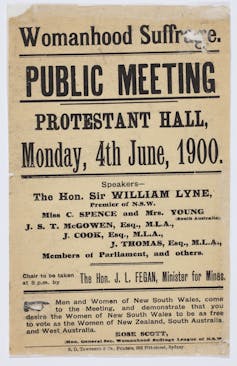
As the historian Marilyn Lake explains in Getting Equal: The History of Australian Feminism, while all women lacked rights in the Australian colonies it was the plight of the married (white) woman that really captured suffragists’ attention. Upon marriage, women lost what little independence they had. They could not own property, easily file for divorce or maintain custody of their children.
The gender-based violence dominating feminist conversations in 2021 was also rife and politicised many early feminists. They were outraged wives had no personal autonomy and frequently suffered marital rape, unwanted childbearing, physical violence and economic control.
In response to this dismal situation, from the 1880s campaigns for women’s suffrage mounted. Local suffrage and other women’s organisations were formed and acted as pressure groups lobbying for change.
Read more: The long history of gender violence in Australia, and why it matters today
Activists like Louisa Lawson and Rose Scott made impassioned speeches, held public rallies and wrote to major newspapers to press for the vote, refusing to stay silent and submissive as was expected of women at this time.
Campaigns in Australia were more peaceful than elsewhere, but, like those marching for justice last week, suffragists were very much motivated by anger and frustration. They wanted to make a splash and used spectacle to bring attention to their efforts.
In 1891, Victorian women collected a massive 30,000 signatures on a 260-metre-long “monster petition”.
In 1898, two to three hundred women in the colony reportedly “invaded the club-room of the Legislative Council” to pressure members to pass a women’s suffrage bill.
Although unsuccessful at the time, the scale of these efforts revealed the force of women’s desire for change.

It is important to note the suffragists were almost exclusively concerned with the rights of white women like themselves. Aboriginal women — who endured even greater and more institutionalised forms of discrimination and violence — were not included in their vision for a new society based on equal rights. Then just as now, feminism had a significant race problem.
In 1902, white Australian women became the first in the world to enjoy the dual rights of voting and standing for parliament. They revelled in their new-found status as enfranchised citizens. But as daughters of the empire, they felt strongly connected to their British “sisters” and despaired they remained voteless after decades of protest. Some even travelled to Britain and contributed to its increasingly spectacular suffrage struggle.
Read more: Australian politics explainer: how women gained the right to vote
One Australian who captured imaginations in Britain was the performer and activist, Muriel Matters.
She was incensed by British women’s second-class status and, in 1908, famously chained herself to the iron grille separating the ladies’ gallery from the rest of the House of Commons, proclaiming “We have been behind this insulting grille too long!”
Both she and the grille — which many women saw as a symbol of their oppression — were removed in a dramatic scene, and Matters was sent to Holloway Prison.
The following year, Matters took her protest to the skies. Laden with a megaphone and 25 kilograms of flyers, and with a huge grin on her face, she crossed London in an airship emblazoned with the words “Votes for Women”.
There was a joyousness in this act of defiance. As Matters said: “If we want to go up in the air, neither the police nor anyone else can keep us down”.
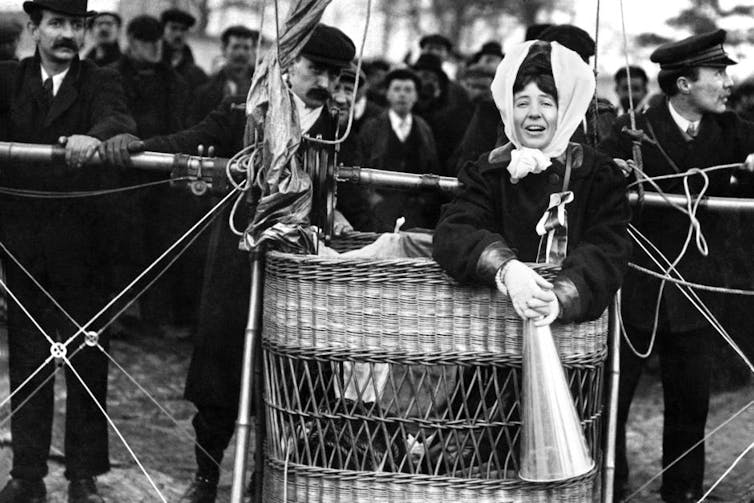
Vida Goldstein was another Australian who made waves in London. In 1911, she was invited by Emmeline Pankhurst — whose suffrage organisation, the Women’s Social and Political Union, was infamous for its militant tactics — to travel to London, where she participated in the Women’s Suffrage Coronation Procession.
The scale of this event was huge. Over 40,000 people marched four miles across the city, in what Goldstein described as “the most amazing triumph of beauty and organisation”. They were watched by great crowds of spectators and ended with a rally at the Royal Albert Hall.
Goldstein, along with Margaret Fisher (the Australian prime minister’s wife) and Emily McGowen (the NSW premier’s wife), led the Australian contingent. This group carried a banner designed by Australian artist Dora Meeson Coates. It was adorned with the figures of two women — representing Britain and Australia — and the words “Trust the women mother as I have done”.

Vivid imagery and clever slogans continue to be part of feminist protests today.
The suffrage protests of the late 19th and early 20th centuries used spectacle to draw attention to women’s grievances. They were driven not only by anger and frustration, but also an enduring sense of hope that sustained them in the face of adversity.
The Roar Of Women’s Liberation
The many protest marches of the Women’s Liberation era of the 1960s and 1970s were also driven in good part by anger. They were spurred, among others, by issues of sex: legalising abortion; access to the pill; the sexual double standard; objectification of women’s bodies; sexual harassment; and violence against women.
The anger was palpable in the size and noise of the marches, the protesters’ willingness to disrupt city streets and public spaces, the eagerness to shock spectators through casual styles of dress, and the deployment of both occasional profanities and popular music.
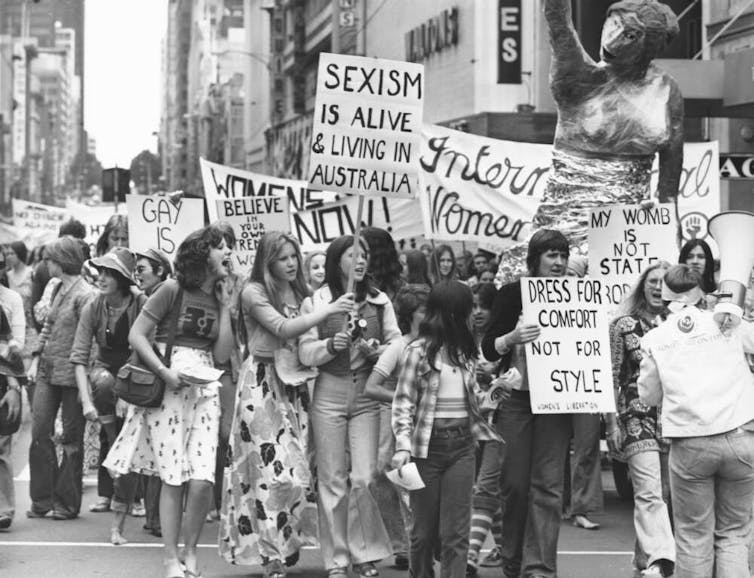
Just as rage and roar have been used to describe the events surrounding the March4Justice, the Women’s Liberation anthem written and sung by Australian Helen Reddy featured the lines: “I am Woman, hear me roar, in numbers too big to ignore”.
Yet there was also a joy to some demonstrations of this protest era, especially the Women’s Liberation marches that allowed feminists to ventilate their rage, to prove to the world and themselves they were strong in number, sisterhood really was powerful and there were plenty of women who weren’t going to take it anymore.
Read more: Helen Reddy's music made women feel invincible
Both the anger and the joy are well documented in the recent film Brazen Hussies. Brazen Hussies tells the story of the Australian Women’s Liberation movement from 1965 to 1975, covering its roots and rise.
Catherine Dwyer’s film provides insight into the anger fuelling the movement, from women’s individual stories of pain and injustice — the awful grief and trauma of having your baby taken from you because you weren’t married, the fury of being paid less for comparable work just because you were a woman, the trials of being a single mother, the enraging burden of shame due to the sexual double standard. And it covers the movement’s exclusion of Indigenous women and, to some extent, of lesbians through interviews with people like Pat O’Shane and Lilla Watson.
But there are also the triumphs and achievements: the legislative victories, the intellectual joys of feminist insights, the growing visibility of the movement.
That Australian Women’s Liberation was also marked by a sense of fun is perhaps best shown by a key event sparking the movement. On March 31, 1965, three Brisbane women dramatically protested their exclusion from the front bar at the Regatta Hotel in Toowong. When they were refused service (as was customary at the time for women in a front bar), two of the women chained themselves to the bar footrail, and the third took the key and threw it into the river.
It took hours for the police to remove the chain, and the event won an enormous amount of publicity.
Merle Thornton, Rosalie Bognor and Elaine Dignan were consciously playing on history when they staged this event, evoking the proclivity of suffragettes to chain themselves to fixed objects. It was also a clear echo of the moment when Muriel Matters chained herself to the grille in the House of Commons over 50 years before.
The fact protesters at the March4Justice were urged to wear black, and many did, signals a vital difference in its overall emotional affect compared to such earlier moments of fun.
The sombre colour of the rallies on March 15 was in stark contrast to the international suffragettes’ customary white dresses (with green and purple sashes), or the Women’s Liberation style of blue denim and colourful t-shirts, hippy skirts and dresses.
Black is the colour of sorrow, which was evident last Monday alongside the anger: sorrow at the terrible pain and suffering of women who are harassed, assaulted and raped, and not able to speak up, or are denied justice.
And sorrow at the fact women are still being harassed, assaulted and raped.
But even stronger than the sorrow was the anger at the Morrison government’s failure to deal with the assaults and allegations, or even to send a representative to the protest happening at its front door.
Fighting Gender-Based Violence In 2021
Looking back at the history of feminist protest highlights striking continuities in the nature of gender-based violence and discrimination over time.
It shows the various ways women’s bodies have been controlled and abused.
It reveals how feminists have persistently protested their subordination, taking up space and refusing to be silenced. Anger, frustration and despair have driven people to action. Optimism, resilience and joy have empowered women to keep fighting even in the face of significant barriers.
21st century feminists are building on a substantial legacy of women’s protest. They are also grappling with the limits of feminisms past and present.
Indigenous women, leaders and community groups participated in many of the rallies around the country last week, drawing attention to the extensive trauma First Nations women have endured and continue to face. Their presence called for feminists to meaningfully engage with issues of race and to help end systemic injustice in the era of Black Lives Matter.
Trans and non-binary activists are calling for recognition gender-based violence disproportionately affects gender-diverse people. Feminists of the past largely viewed their fight through a gender binary. The challenge for today’s activists is to move beyond this.
Intersectionality exists as an ideal; the challenge now is to meaningfully put it into practice.
It remains to be seen what will come of the March4Justice and whether it lasts as a genuinely transformative cultural moment. What is sure, despite the many hurdles they have faced, Australian feminists have consistently found creative and captivating ways to express their indignation and visions for a better future. Feminists today can find inspiration in — and learn from — the various moments and the people who have shaped this history.
Brazen Hussies is now available on ABC iView, and will be broadcast nationally on ABC TV on Monday 5 April at 8.30 pm.
Angela Woollacott, Manning Clark Professor of History, Australian National University and Michelle Staff, PhD Candidate, Australian National University
This article is republished from The Conversation under a Creative Commons license. Read the original article.
Unveiling Of The Bashir Coat Of Arms
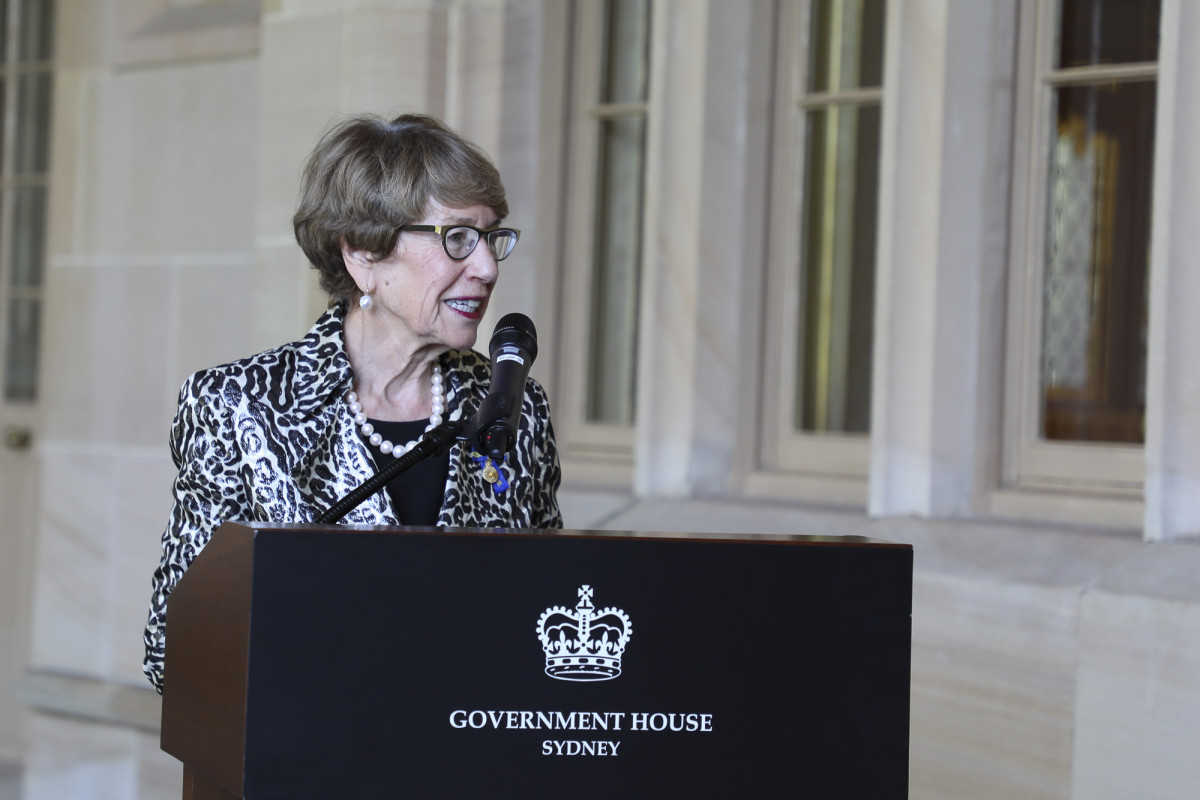
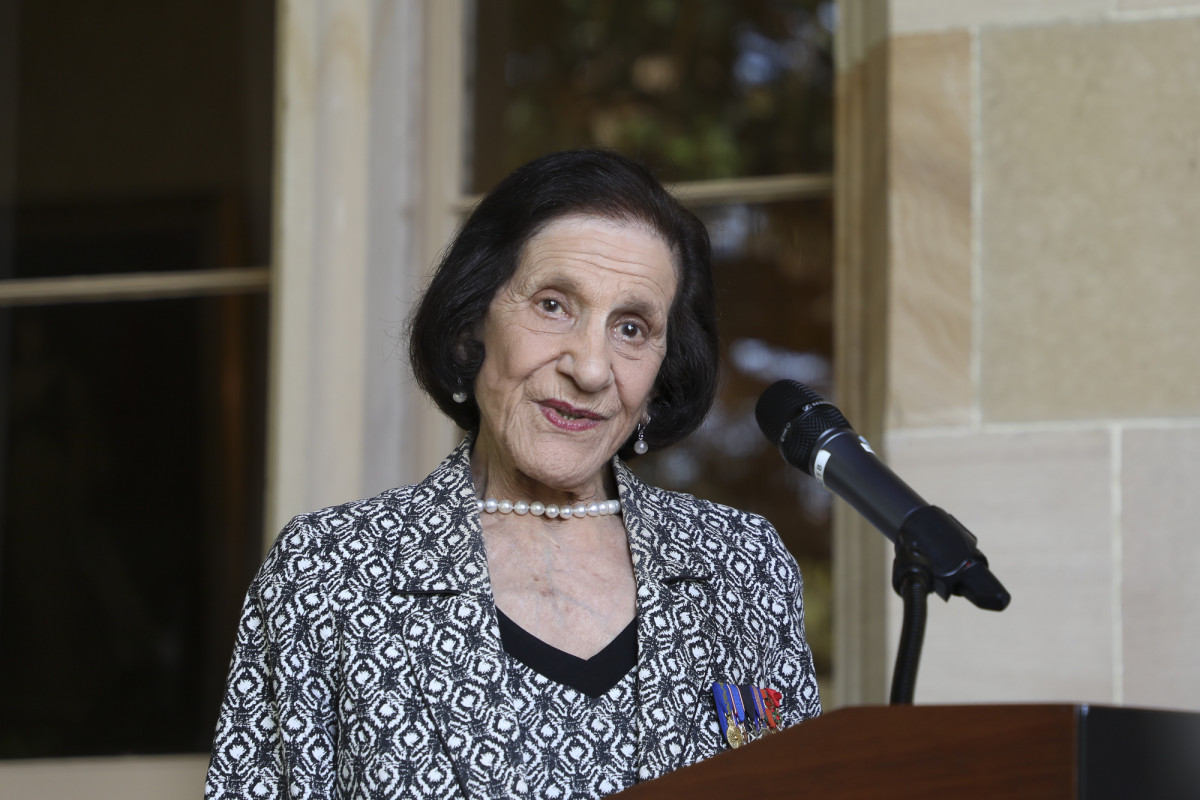
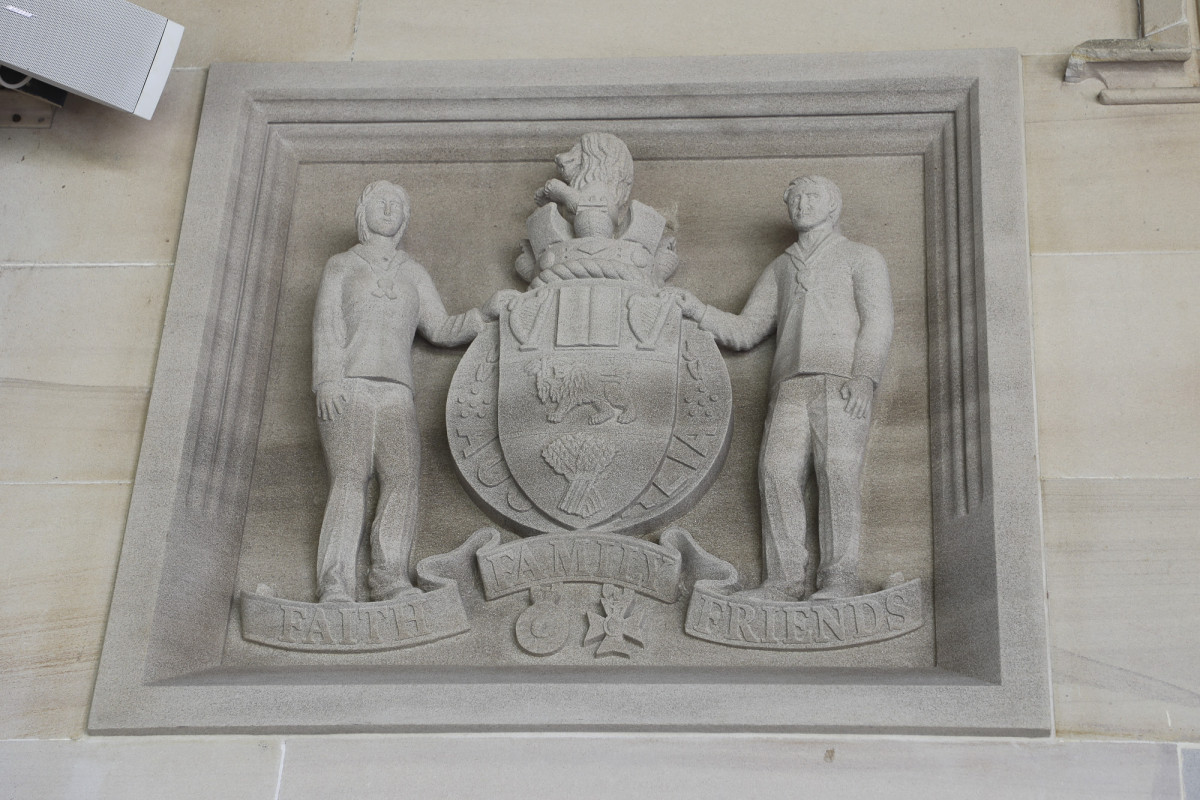
Mens Essentials Series: Event 1
- Tour the brewery and sample amazing craft beer. Presented by MODUS OPERANDI BREWING COMPANY at Mona Vale
- Learn the critical areas to be maintained and checked on a vehicle. Presented by JAX TYRES and AUTO MONA VALE.
- Learn how to grow food sustainably and using the best methods. Presented by VEGEPOD.
- WIN! Over $1,000 in prizes to be won, including a Vegepod, 5 Week Meditation for Men Meditation Course and more.

Super funds have been working for themselves when they should have been working for us. That's about to change

Have you ever wondered why your super fund rarely sends you mail?
It could be because it is one of the 36 funds that perform badly, or one of the six funds that perform extraordinarily badly. As of mid last year those six funds managed the retirement savings of 900,000 Australians.
Not that you would know it from their communications. The wonder of a system that pours a fresh 9.5% of your salary into super each year is that your fund is able to show an upward graph of the amount you’ve got saved even if it is managing those savings badly. You might think it was performing well.
Or your fund might have a more straightforward reason for avoiding mail.
The head of Australia’s biggest super fund, Australian Super with 2.4 million members, spelled it out in an appearance before the banking royal commission.
He said “a direct mail-out – a one-off direct mail-out to Australian Super’s members — costs $2.3 million”.
A Million Here, Two Million There…
Chief executive Ian Silk was trying to put into context the $2 million Australian Super threw at the startup news site New Daily throughout 2012 and 2013. He said the $2 million (long gone) wasn’t an investment in the financial sense of the term, but an investment in communications, “a tool to enhance the fund’s engagement with members”.
It’s an investment that will be illegal from July under the government’s proposed Your Future, Your Super law, along with those rather odd TV advertisements implying improbably that unless the government lifts compulsory super contributions, people might lose their houses.
It will be illegal for funds to spend money on these things even if they route the payments through a third party such as the super-fund-owned Industry Super Australia, as they now are.
The new laws, which flow from the royal commission and a Productivity Commission inquiry, will require every cent of super fund spending (without “any materiality threshold”) to be directed to the best financial interests of members.
What’s different is the addition of the word “financial”. Previously funds were only required to act in the “best interests” of the members.
Until now (and this is an example used in the explanatory memorandum) it might have been OK for a fund to spend member contributions on “well-being and counselling services, due to its preference for providing beneficiaries with a holistic retirement experience”.
Services, Seats At The Australian Open
It won’t be legal after July. Spending will have to be in the best “financial” interests of members.
And the onus of proof will be reversed. If challenged, funds will have to demonstrate that their decisions were indeed in the best financial interests of their members, rather than regulators demonstrating that they were not.
Which it should be. It’s our (mainly conscripted) money that they are spending. If they can’t make out a case for the way they are spending it, they might be acting as if it’s their own.
Shockingly, when in 2017 the Productivity Commission inquiry into super asked all 208 funds regulated by the Prudential Regulation Authority for information about their spending and net returns and fees by asset class, 94 didn’t respond.
A Cavalier Approach To Finances
Of the 114 funds that did respond, 26 left blank all of the bits of the form that asked about assets, net returns and investment management costs.
When the commission tried again the following year, 13 of the 136 funds that responded provided no information about expenses at all. It was as if they either didn’t know about their expenses, or felt it was their business and no one else’s.
Time and time again the commission heard about bank-operated funds buying products from other parts of the bank at high prices.
The banking royal commission heard of hundreds of thousands of dollars spent by just one (industry) fund on corporate hospitality at the Australian Open.
It heard of directors of a retail fund who decided against putting their members into lower-priced products when they became available, overruling a lone director who protested, using capital letters
in what circumstances would it NOT be in a client’s best interest to transfer to the new pricing if it was lower than their existing pricing?
Spending on advertising would still be permitted under the draft legislation, but only where it was in the best financial interests of members. If it was aimed at grabbing members from other funds it probably would pass the test, because when funds get bigger the costs per member can shrink.
But the guidance note makes it clear that the costs per member would need to actually shrink, along with the charges to members, or there would need to be a documented case prepared as to why they should have shrunk.
Read more: Yes, women retire with less than men, but boosting compulsory super won't help
Vanity advertising, or advertising for a group of funds, or advertising aimed at influencing public opinion won’t cut it.
And nor will indifferent performance. The law will require the Prudential Regulation Authority to annually test the performance of funds against objective, consistently-applied benchmarks, different benchmarks for different stated investment strategies.
Early MySuper test results
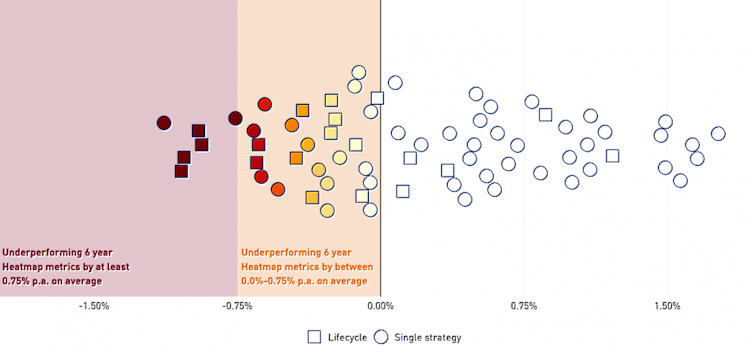
Funds that fail the test will be required to notify their members in writing. Funds that fail two years in a row will be closed to new members.
Most of us probably have no idea that we spend more on super investment and administration fees each year than we do on gas and electricity combined.
And when the performance is lousy (the difference between a good and bad fund can be $660,000 in retirement) we often don’t find out until it’s too late.
Our funds are about to have to work for us first, and no-one else.![]()
Peter Martin, Visiting Fellow, Crawford School of Public Policy, Australian National University
This article is republished from The Conversation under a Creative Commons license. Read the original article.
Royal Easter Show 2021 Showcases A Whole World Of Animals
Have you seen all the great animals you can visit at this year's Royal Easter Show? This (apart from show bags and fairy floss) was always my favourite part of each year's show. I managed to get some tickets for my nieces and their cousins a bit over a week ago now - they like all the rides (and the show bags) - but they also love animals and even collect toy animals.
One of my favourite animal displays are the horses. Did you know that the Sydney Royal Horse Show is the largest of its kind attracting over 5,500 entries exhibiting the most prestigious horses in Australia and New Zealand?
There's a competitive event every day of the Show with classes including: Breeds, Hacks, Light and Heavy Harness, Showjumping, Campdraft, Polo, Rodeo, Pony Club, Tentpegging and Heavy Horse Obstacle Vaulting. You can see that every day of the Royal Easter Show in the big stadium and in the arena. Youngsters are getting involved in the Youth Polocrosse this year too. Originating in NSW in 1939, Polocrosse is an action-packed team sport enjoyed by all age groups. This year Junior Polocrosse teams will compete in four exhibition matches, combining the skills of polo with the speed of lacrosse. Using long-handled racquets, the aim is to scoop up the ball and get it into the goal. With only three players on the field for each team, the pace is fast.

Visiting the Pet Pavilion is pretty amazing too as it 'shows' you all the animals people keep as pets - everything from mice to birds and even frogs can be seen, however, it's the puppies and kittens we love.
For those who don't spend time on a farm there's the 10 Shake Farmyard Nursery. Here you will find 10 Shake Farmyard Nursery - an open-plan indoor paddock with over 500 free-range animals you can pat. Here you'll see playful ducklings on their waterslide, piglets, geese, donkeys and much more or maybe have a go at feeding the friendly chickens, sheep and goats that come to visit you.
If you want to find out more about being on a farm you can visit the Junior Farm Hands. Here you can grind grain, dig for vegetables and move animals around your farm. RAS Junior Farm Hands activities give little ones the opportunity to try their hand as a farmer and even take a turn in the tractor - don't leave the Food Farm without collecting your very own tractor licence!
Follow the link to download your Junior Farm Hands Activity booklet.
While finding out all about farming you may want to pop into the District Exhibits - this is like a mini-tour through our very own countryside. These spectacular constructions of vegetables, fruit and other produce are one of the highlights of The Sydney Royal Easter Show. These giant displays are a cooperative work by growers that reflect the diversity and excellence of their regional produce. Each consists of more than 10,000 pieces of fresh produce from five agricultural districts throughout NSW and South East Queensland.
Kids Street is designed for tiny tots to pre-teens, with a recharge spot for mum and dad too, featuring a selection of carnival games, hot food, coffee, and a specially marked pram parking zone. Located at GIANTS Stadium Concourse, all rides are available for only 4 coupons each (yes, I got them some rides coupons too - saves waiting around, we hope!).

But, let's get to the showbags - did you know these began over 100 years ago as 'sample' bags?
Originating at the Sydney Royal Easter Show sometime between 1909 and 1914, possibly by kiddie-favourites Gravox, the bags were originally given away by brands hoping to launch their wares by providing free samples of products. Food samples were handed out, and these were to evolve into 'sample bags'. By the late 1920s (1927), as the cost of producing bags became too much for companies, they began being sold.
So - what's good value or just great fun this year?
There's some great samples in the lollies department of course - we like getting Bertie Beetles at the RAS as you often can't get them elsewhere. They have a good deal this year with 3 bags for $8.00, while stocks last. What’s included:
1x Bertie Beetle Red Showbag $2.90
1x Bertie Beetle Blue Showbag $4.00
1x Bertie Beetle Platinum Showbag $9.60

But the best deal is always the Ag Bag - Inside the Home and Lifestyle Pavilion, while available. This one is $25 but you get around $80 worth of stuff in it and after visiting the Farm, this one may appeal as it's filled with Australian made products. What's more, the RASF Ag Bag is a fundraising bag - All proceeds go back to rural & regional community projects. Australian-made contents donated by Australian-owned companies. For more information on the work of the RASF visit www.rasf.org.au
What's included in 2021:
1x SunRice Microwave Brown Rice 250g $2.50
1x SunRice Brown Rice Chips (assorted Flavours) 150g $5.00
1x Selector Magazine 300g $8.50
1x Manildra - The Healthy Baker Flour 1kg $3.00
1x Manildra - Recipe Booklet $6.00
1x Manildra - "Stay Safe" Hand Sanitizer 50ml $6.00
1x Freedom Foods - Australia's Own Barista Almond Milk 1lr $4.50
1x Rinoldi - Vetta Pasta 500g $2.25
1x Kurrajong Kitchen - Lavosh Original Poppy & Sesame Seed Bites 100g $3.00
1x Carman's Kitchen - Brownie Cholc Aussie Oat Bar $0.84
1x Maxiblock - Kinder Sunscreen Lotion SPF50 100 g + Flyer $10.95
1x Karma Rub - Liquid Magnesium Rub 2.5ml x 4 & Liquid Night Cream 10ml x 1 Sachets $5.00
1x Slim Secrets - Protein Choc Fudge Brownie 100g $3.80
1x Royston Petrie Seeds - Spinach N.Z. Warrigal Greens $3.50
1x NSW Landcare - Everlasting Daisy Seeds Sticks $2.50
1x Seasol - Seaweed Concertrate Sachet 45g $1.00
1x Oz-Pet - Litter Scooper $5.00
1x Albury Enviro Calico Bag $5.00
1x "I Love Aussie Farmers" Sticker $0.60
1x "I Love Australia Made" Sticker $1.00
1x CanAssist Brochure & tea bags $0.06
1x RAMPH Mental Health Brochure
1x Birdsnest Voucher - get $20 off when you spend $75 or more online
1x Rich Glen Olive Estate Voucher - get a free Poppy's Favourite Dressing ($10) when you spend $60 or more online

Ok, so that one may not interest you as much as the ones for youngsters, BUT, isn't it great to see and know how many different foods and products are made right here?
We were looking at the 2021 Sydney Royal Easter Show Prizes for cheeses, just announced, and that too is a great insight into what wonderful tastes come from right here, where you live. I can tell you, having spent some time visiting other places far from Australia, nothing compares to the quality and great clean tastes we have here.
Apart from the lollies bags there's some good value for boys and girls in other bags, if you really really are sure you want or need one of these and don't already have all of this at home already. The Voltron show bag, until they all go, looks good for those who are fans of Voltron.
Voltron - $20
Stand Numbers: BAG004, BAG009, BAG011, BAG014, BAG015, #18, #20, #21
What’s included:
1x Voltron Backpack $24.95
1x Voltron Cap $12.95
1x Voltron Drink Bottle $8.95
1x Voltron Sticker Patches $2.95
1x Voltron Playing Cards $4.95
1x Voltron Badges $4.95
1x Voltron Tote Bag $3.95
1x Voltron Lanyard $7.95
1x Voltron Flag $9.95
Total Retail Value: $81.55

Another good value one, which may appeal to little girls, is the Unicorn show bag.
Unicorn $30
 Stand Numbers: BAG004, BAG009, BAG011, BAG014, BAG015, #18, #20, #21
Stand Numbers: BAG004, BAG009, BAG011, BAG014, BAG015, #18, #20, #21
What’s included:
1x Unicorn Duffle Bag $19.95
1x Unicorn Coin Purse $4.95
1x Unicorn Hair Extension $4.95
1x Unicorn Jewellery Set $9.95
1x Unicorn Stationery Set $7.95
1x Unicorn Keychain $2.95
1x Unicorn Body Glitter $7.95
1x Unicorn Tote Bag $4.95
1x Unicorn Lipstick $3.95
1x Unicorn Trinket Boxes $6.95
1x Unicorn Stuffed Toy $9.95
Total Retail Value: $84.45
If you do get to go to the Show this year I do hope you will spend some time looking at the farm exhibits - this is one of the few opportunities city kids get to see what life is like on the land and the show itself is all about the country coming to the city, that's where it all began - as the Agricultural Society of New South Wales in July 1822 which means that next year, this great 'show' will be 200 years old.

Yes, Australia is a land of flooding rains. But climate change could be making it worse
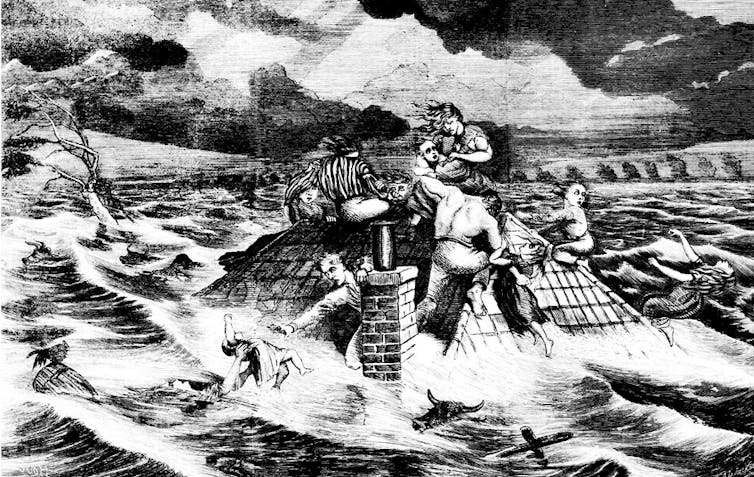
Over the past three years, I’ve been working on the forthcoming report by the United Nations’ Intergovernmental Panel on Climate Change. I’m a climate scientist who contributed to the chapter on global water cycle changes. It’s concerning to think some theoretical impacts described in this report may be coming to life – yet again – in Australia.
The recent flooding in New South Wales is consistent with what we might expect as climate change continues.
Australia’s natural rainfall patterns are highly variable. This means the influence climate change has on any single weather event is difficult to determine; the signal is buried in the background of a lot of climatic “noise”.
But as our planet warms, the water-holding capacity of the lower atmosphere increases by around 7% for every 1℃ of warming. This can cause heavier rainfall, which in turn increases flood risk.
The oceans are also warming, especially at the surface. This drives up both evaporation rates and the transport of moisture into weather systems. This makes wet seasons and wet events wetter than usual.
So while Australia has always experienced floods, disasters like the one unfolding in NSW are likely to become more frequent and intense as climate change continues.
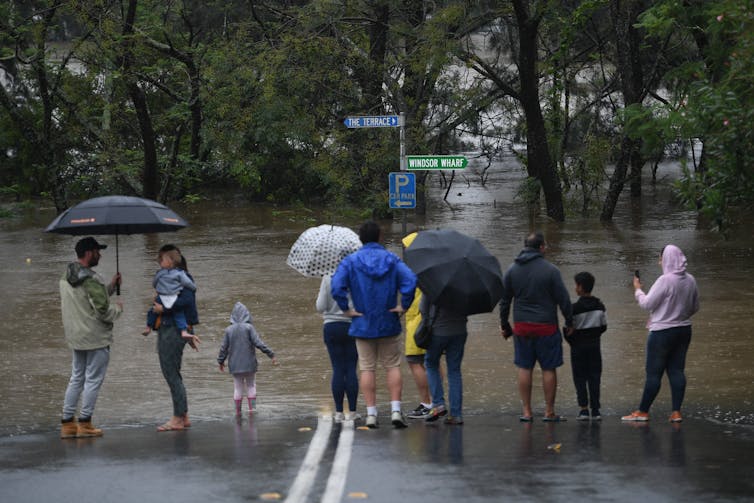
Understanding The Basics
To understand how a warming world is influencing the water cycle, it’s helpful to return to the theory.
From year to year, Australia’s climate is subject to natural variability generated by the surrounding Pacific, Indian and Southern oceans. The dominant drivers for a given year set up the background climate conditions that influence rainfall and temperature.
It is a combination of these natural climate drivers that makes Australia the land of drought and flooding rains.
However, Australia’s climate variability is no longer influenced by natural factors alone. Australia’s climate has warmed by 1.4℃ since national records began in 1910, with most of the warming occurring since 1970. Human-caused greenhouse emissions have influenced Australian temperatures in our region since 1950.
This warming trend influences the background conditions under which both extremes of the rainfall cycle will operate as the planet continues to warm. A warmer atmosphere can hold more moisture (higher water vapour content), which can lead to more extreme rainfall events.
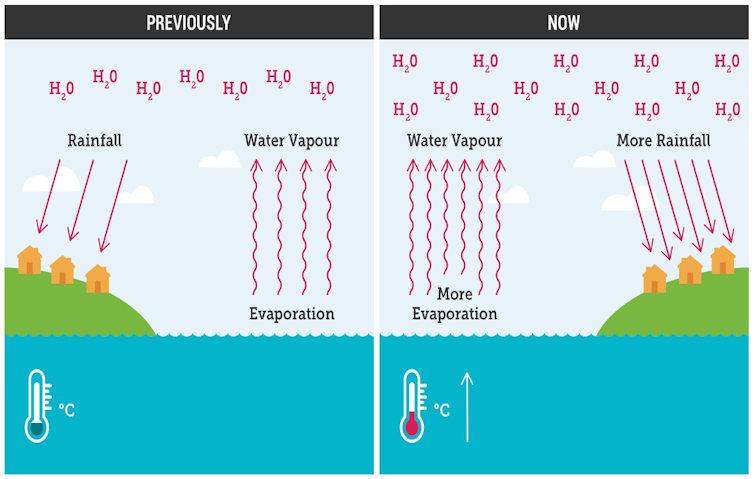
Since the winter of 2020, Australia has been influenced by the La Niña phase of the El Niño–Southern Oscillation (ENSO). Historically, sustained La Niña conditions, sometimes with the help of a warmer than average Indian Ocean, have set the scene for severe flooding in eastern Australia.
During these events, easterly winds intensify and oceans around Australia warm. This is associated with the Walker Circulation – a giant seesaw of atmospheric pressure that influences the distribution of warm ocean waters across the Pacific Ocean.
The last La Niña occurred in 2010–2012. It led to widespread flooding across eastern Australia, with particularly devastating effects in Queensland. The event caused the wettest two-year period in the Australian rainfall record, ending the 1997–2009 Millennium Drought.
Oceanographers from UNSW studied the exceptional event. They demonstrated how a warmer ocean increased the likelihood of extreme rain during that event, primarily through increased transport of moist air along the coast.
Their analysis highlighted how long‐term ocean warming can modify rain-producing systems, increasing the probability of extreme rainfall during La Niña events.
It is important to point out that changes in large-scale atmospheric circulation patterns are still not as well understood as fundamental changes in thermodynamics. However, because regional rainfall changes will be influenced by both factors, it will take researchers time to tease everything out.
So What About Climate Change?
The theoretical changes to the global water cycle are well understood. However, determining the contribution of natural and human influences on climate variability and extremes – known as “attribution” – is still an emerging science.
More studies are needed to distinguish natural or “background” rainfall variability from recent human-caused changes to the water cycle. This is particularly the case in a country like Australia, which has very high yearly rainfall variability. This contrasts with some regions of the Northern Hemisphere with less variable rainfall, where a clear climate change signal has already emerged.
Right now, La Niña conditions are decaying in the Pacific Ocean. As expected, the 2020–2021 La Niña has brought above-average rainfall to much of eastern Australia. This helped ease the severe drought conditions across eastern Australia since 2017, particularly in NSW.
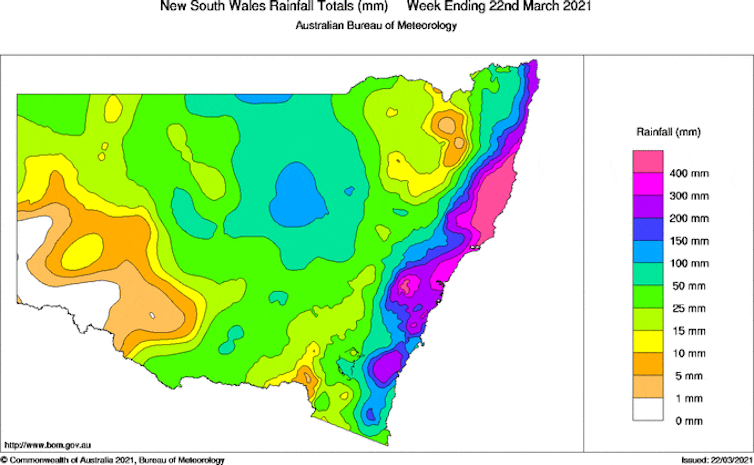
What’s interesting about the 2020–2021 La Niña is that it was weak compared with historical events. The relationship between La Niña and rainfall is generally weaker in coastal NSW than further inland. However, it’s concerning that this weak La Niña caused flooding comparable to the iconic floods of the 1950s and 1970s.
The rainfall totals for the current floods are yet to be analysed. However, early figures reveal the enormity of the downpours. For example, over the week to March 23, the town of Comboyne, southwest of Port Macquarie, recorded an extraordinary 935mm of rainfall. This included three successive days with more than 200mm.
The NSW coast is no stranger to extreme rainfall – there have been five events in the past decade with daily totals exceeding 400mm. However, the current event is unusual because of its duration and geographic extent.
It’s also worth noting the current extreme rainfall in NSW was associated with a coastal trough, not an East Coast Low. Many of the region’s torrential rainfall events in the past have resulted from East Coast Lows, although their rainfall is normally more localised than has been the case in this widespread event.
Remember that as the air warms, its water-holding capacity increases, particularly over the oceans. Current ocean temperatures around eastern and northern Australia are about 1℃ warmer than the long-term average, and closer to 1.5℃ warmer than average off the NSW coast. These warmer conditions are likely to be fuelling the systems driving the extreme rainfall and associated flooding in NSW.
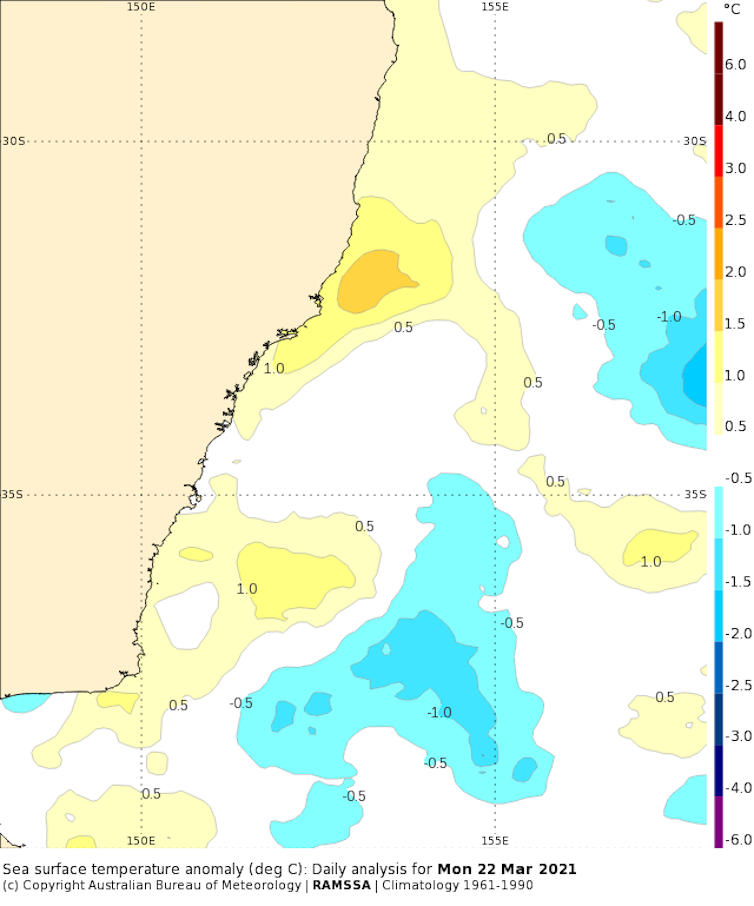
A Nation Exposed
Weather and climate are not the only influences on extreme flood events. Others factors include the shape and size of water catchments, the presence of hard surfaces in urban areas (which cant’t absorb water), and the density of human settlement in flood-prone areas.
The Hawkesbury–Nepean region in Western Sydney, currently experiencing major flooding, is a prime example. Five major tributaries, including the Warragamba and Nepean Rivers, flow into this extensively urbanised valley.
Improving our understanding of historical weather data may help improve future climate change risk assessment. For example, past floods in the Hawkesbury–Nepean have been a lot worse than the current disaster. In 1867, the Hawkesbury River at Windsor reached 19.7 metres above normal, and in 1961 peaked at 14.5 metres. This is worse than the 13.12 metres above normal recorded at Freemans Reach on March 23.
It’s sobering to think the Hawkesbury River once peaked 6 metres higher than what we’re seeing right now. Imagine the potential future flooding caused by an East Coast Low during strong La Niña conditions.
It will take time before scientists can provide a detailed analysis of the 2020–2021 La Niña event. But it’s crystal clear that Australia is very exposed to damage caused by extreme rainfall. Our theoretical understanding of water cycle changes tells us these events will only become more intense as our planet continues to warm.![]()
Joelle Gergis, Senior Lecturer in Climate Science, Australian National University
This article is republished from The Conversation under a Creative Commons license. Read the original article.
'Cultural misogyny' and why men's aggression to women is so often expressed through sex

As the country watches Scott Morrison grapple with the sex scandals rocking our federal parliament, it is worth wondering what has really changed since former Prime Minister Julia Gillard’s now-famous 2012 “misogyny” speech.
The power of that speech is undeniable, and it resonates loudly today.
Gillard spoke to the imbalance of power between men and women and the under-representation of women in positions of authority. Her speech raised serious concerns about how some politicians saw women’s roles in contemporary Australia.
Fast forward to yesterday, and Scott Morrison attempted to address the most recent shocking allegations of lewd behaviour by some coalition staff – the allegation being a group of government staffers had shared images and videos of themselves undertaking lewd acts in Parliament House, including in the office of a female federal MP.
These stories raise the question as to why some men participate in sexually denigrating women – both those in authority as well as those in positions of submission in hierarchical organisations. And why is male aggression towards women so often expressed through sex rather than through other means?
As a criminologist, I interpret men’s sexually aggressive behaviour – whether it is desecrating a women’s desk by videoing himself masturbating on it, or a sexual assault – as an activity born of a need for power and control.
When some men feel challenged, or want to dominate someone to fulfil an innate internal inadequacy, they can feel the need to do so sexually. Often, the subjects of their rage about feelings of inadequacy are women.
From lewd comments, to being groped, through to sexual assault, the attacks on women in the workplace continue.
Research suggests heterosexual men who are more socially dominant are also more likely to sexually objectify women. When these men are placed in positions of submission to women at work and their dominance is challenged, the levels of sexual objectification of women go up. This supports the assertion that some men increase their dominance by sexually objectifying women, and this objectification can become physical.
This conversation around how we address this has been building for some time.
Read more: Sexism, harassment, bullying: just like federal MPs, women standing for local government cop it all
In 2017, the #MeToo movement went viral, as women started to share their negative sexual experiences via social media. The discussion initially focused on women being sexually harassed by their bosses in the media and entertainment industry, but it soon became obvious the problem was much wider than that. It permeates every industry in every country.
Sexual harassment and assault are more common than many people might believe, or want to believe. A 2018 study surveyed 2,000 people in the US. It found 81% of women and 43% of men had suffered some form of sexual harassment or assault. Further, 38% of the women surveyed said they have suffered from sexual harassment in the workplace.
The picture is mirrored in Australia. A 2018 Australian Human Rights Commission report found 23% of women said they had been sexually harassed at work in the previous 12 months.
In 2021, we are still having the same debate.
One big question is where these bad male behaviours originate from?
Social Learning Theory might help us to understand what is going on in relation to some men’s need for sexual domination of women. It is based in the premise that individuals develop notions of gender and the associated behaviours by watching others and mimicking them. This learning is then reinforced vicariously through the experiences of others.
Combine this learnt behaviour with cognitive development theory, which suggests gender-related behaviour is an adoption of a gender identity through an intellectual process, and we can see how misogynistic behaviours can be identified, remembered, and mimicked by subsequent generations of males.
This could be termed “cultural misogyny”.
How do we change the dynamic?
The only way to shift the framing around appropriate behaviour in the workplace, and society more generally, is to continue to break down gender stereotypes. Women need to be elevated to positions of power to reduce male domination in all aspects of life. We must challenge the undermining of women’s and girl’s autonomy and value when boys exhibit it, to break the chain of passing on these negative attitudes.
Read more: #MeToo has changed the media landscape, but in Australia there is still much to be done
We are only now beginning the hear the breadth of stories from women speaking out about their own negative experiences.
As a woman in academia – a very hierarchical structure – I have been sexually harassed, and I just accepted it as part of my working world. My experience was with a very senior member of a previous university, and I would never have considered challenging him or reporting it, as I was very well aware of the power he had over me and my career. I even considered changing organisations to avoid the unwanted behaviours.
The brave women who are now speaking up have changed the way I view my own experience. The more we raise our voices, support each other and encourage change in the attitudes around us, the more we will all benefit.![]()
Xanthe Mallett, Forensic Criminologist, University of Newcastle
This article is republished from The Conversation under a Creative Commons license. Read the original article.
Deluge Of DNA Changes Drives Progression Of Fatal Melanomas
How Australian Bushfire Smoke Travelled Around The World: Record-Breaking Aerosol Levels
Christmas Island Reptile-Killer Identified
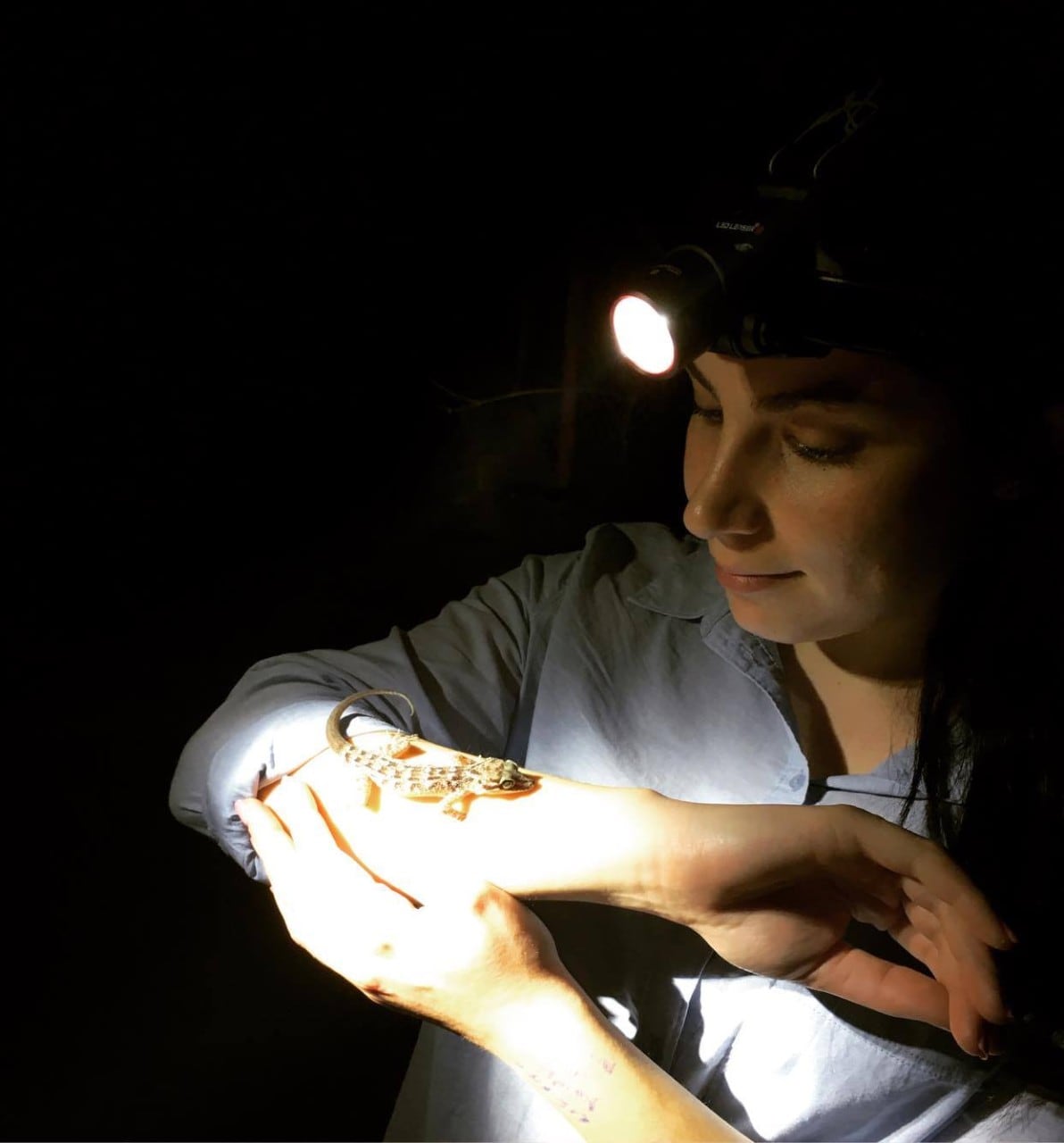
Scientists Stunned To Discover Plants Beneath Mile-Deep Greenland Ice
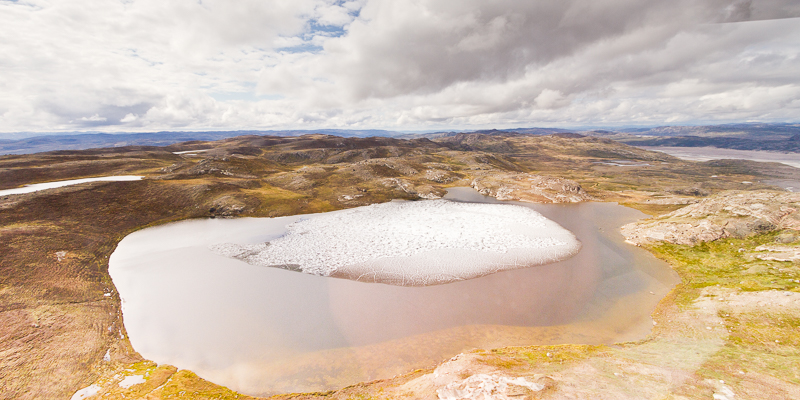
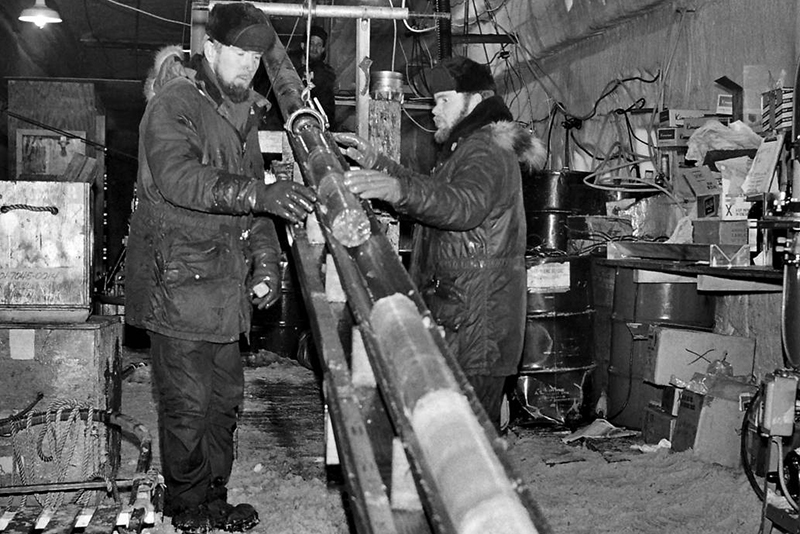
Babies Prefer Baby Talk, Whether They're Learning One Language Or Two
Penguin Haemoglobin Evolved To Meet Oxygen Demands Of Diving
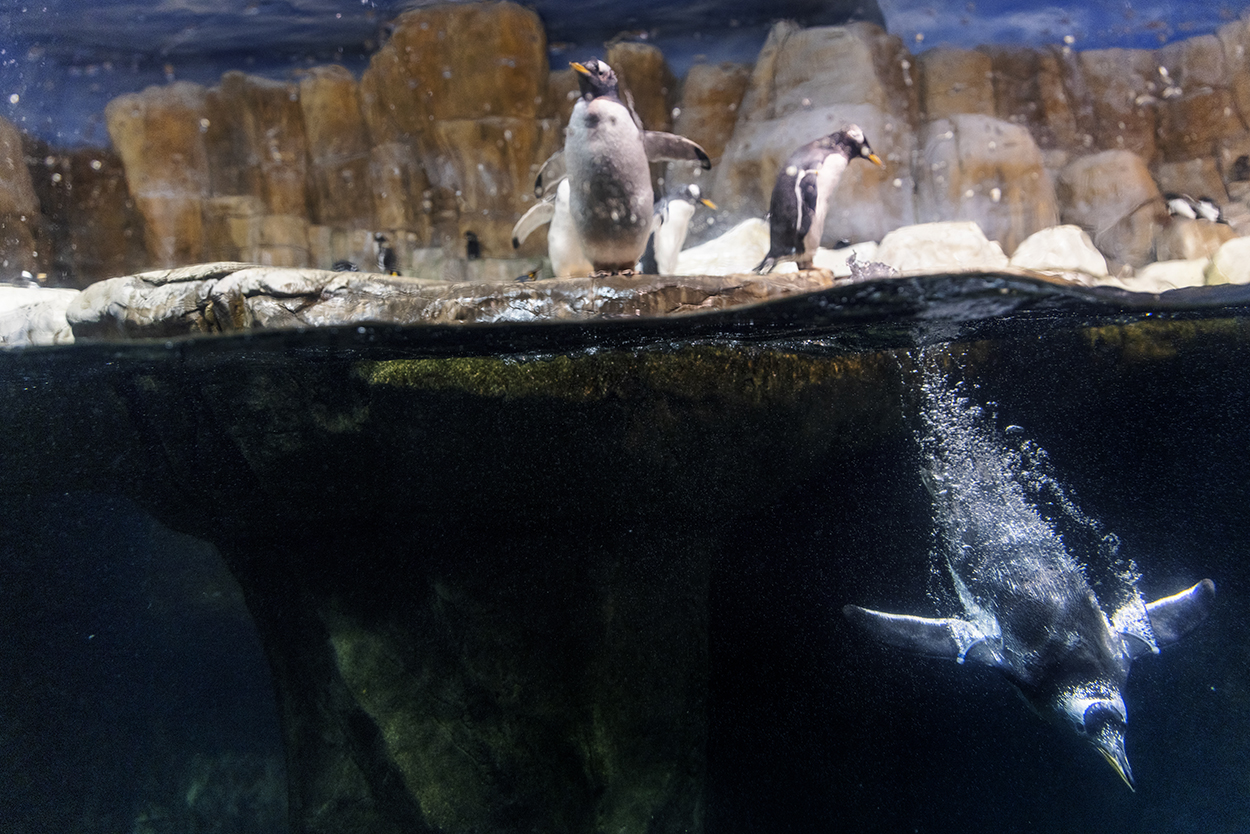
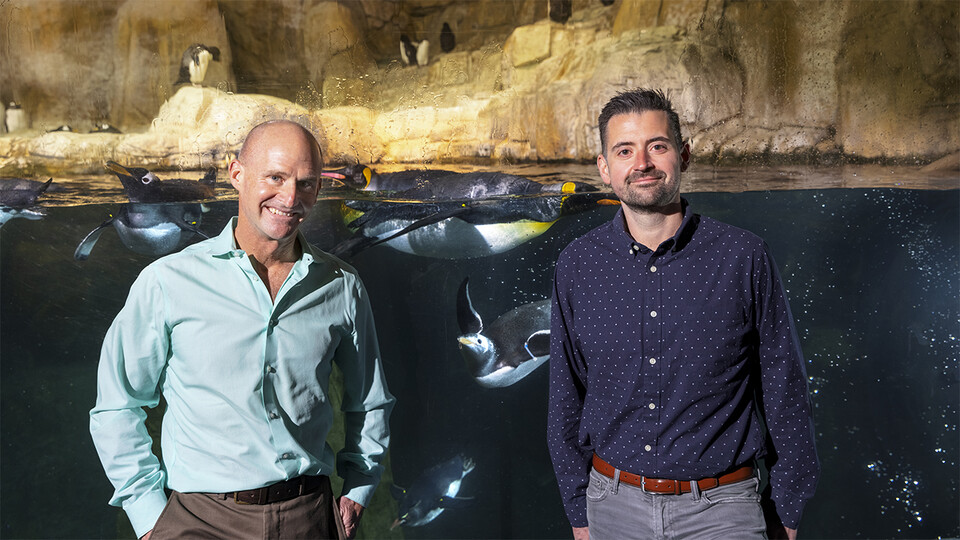
New Evidence In Search For The Mysterious Denisovans
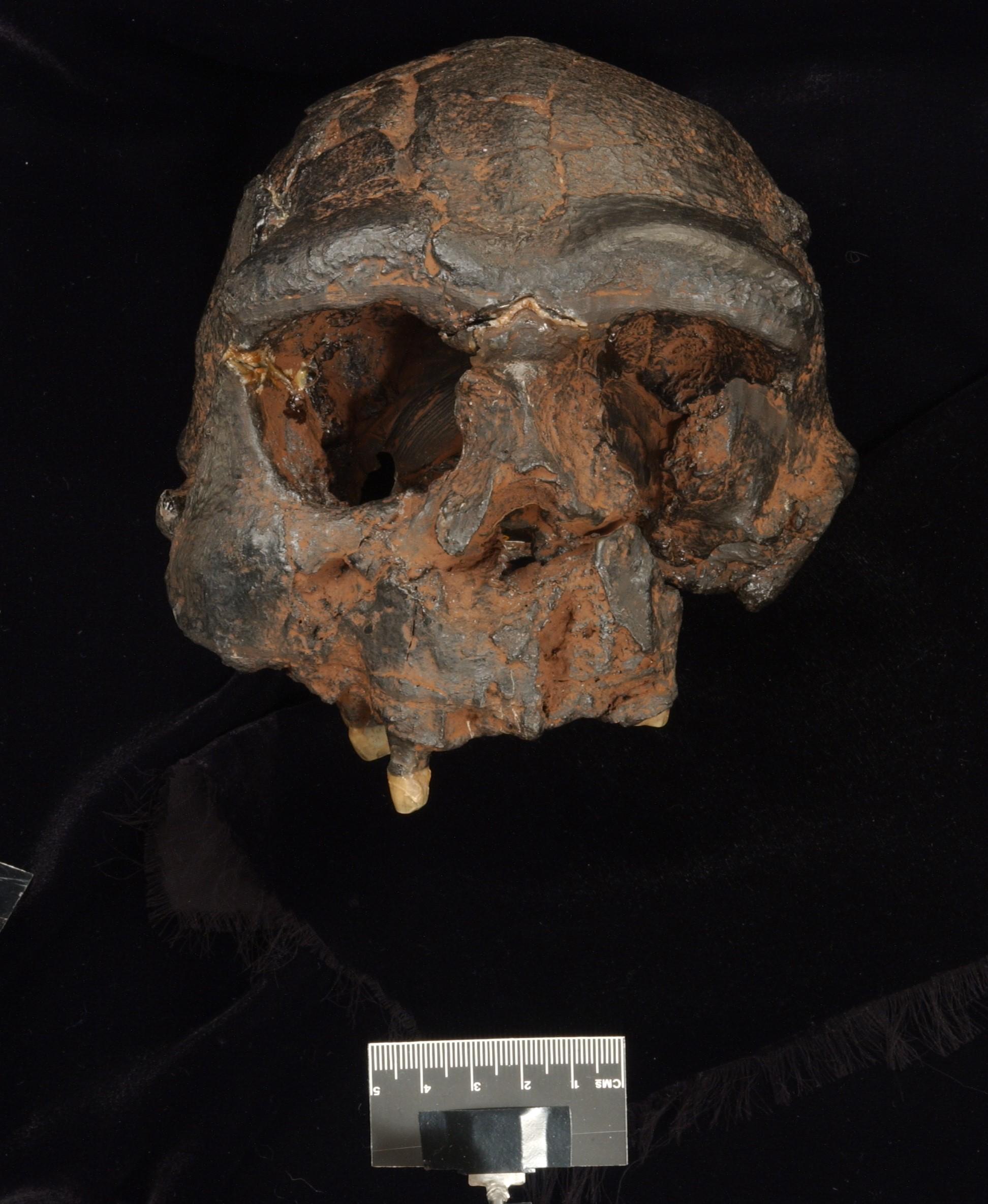
Disclaimer: These articles are not intended to provide medical advice, diagnosis or treatment. Views expressed here do not necessarily reflect those of Pittwater Online News or its staff.